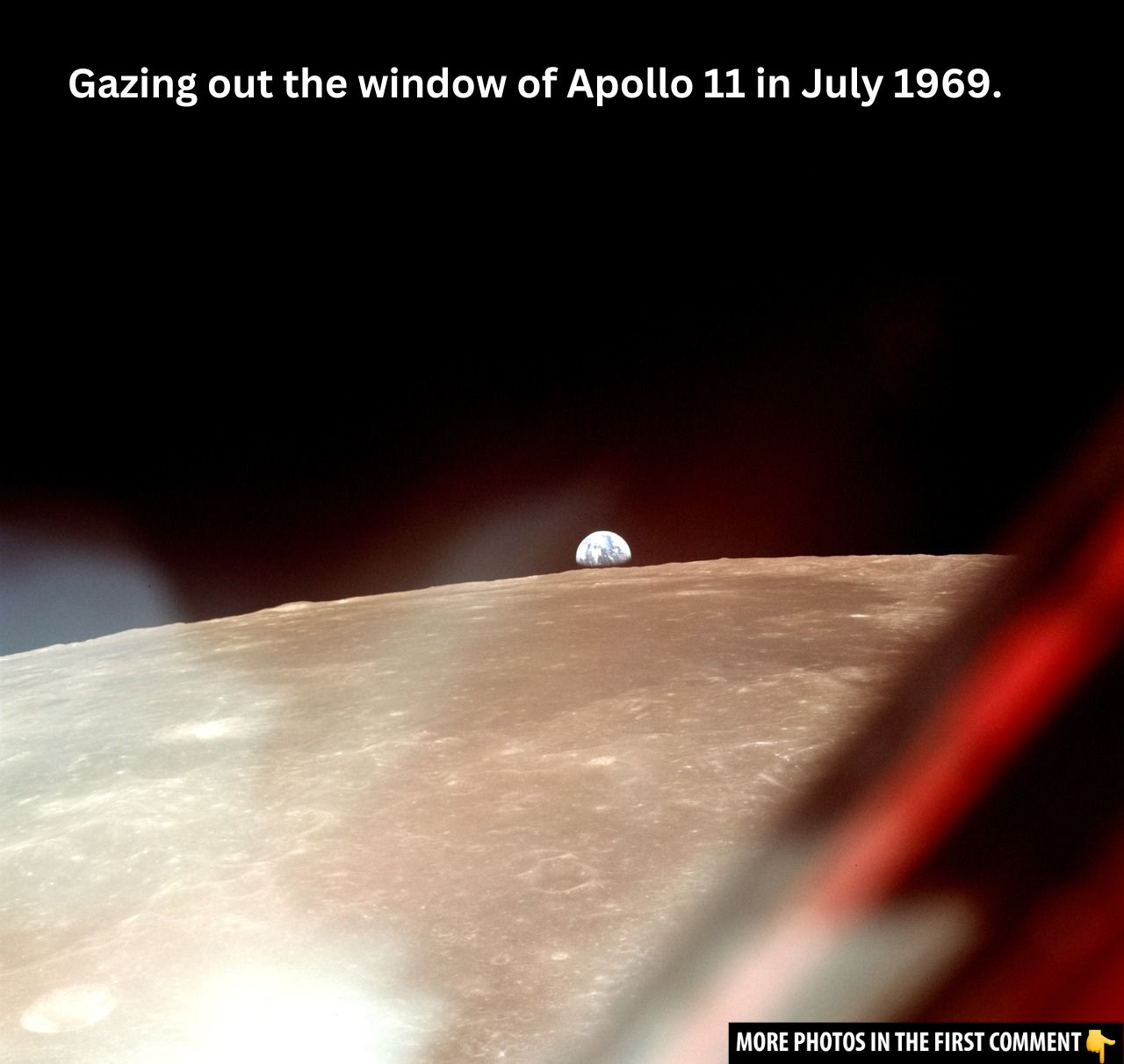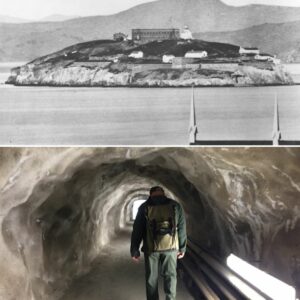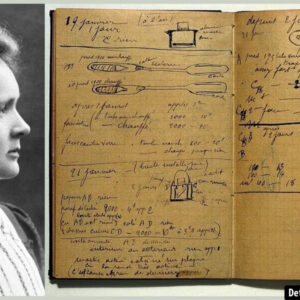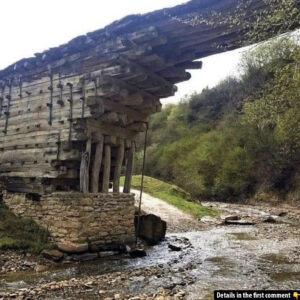In the summer of 1969, humanity achieved the unimaginable. Three brave astronauts—Neil Armstrong, Buzz Aldrin, and Michael Collins—embarked on a journey to the Moon, marking the climax of the Apollo program. Behind this historic mission lay countless hours of preparation, training, and innovation. From intense simulations to cutting-edge technology, Apollo 11’s success was a testament to human determination and ingenuity. Through rare photographs from the months leading up to the mission, we get an intimate glimpse into the meticulous work that brought the dream of landing on the Moon to life.
President John F. Kennedy’s Vision for the Moon
The momentum for Apollo 11 began with Kennedy’s iconic speech in 1962, when he declared, “We choose to go to the moon.” His words not only galvanized the U.S. space program but also resonated with a nation eager to showcase its technological prowess on the global stage. The moon landing was seen as a way to assert the U.S. as a leader in science and innovation during a period of intense Cold War rivalry. Kennedy’s speech sparked a national sense of urgency, setting in motion the resources, manpower, and funding necessary to achieve this audacious goal.
In the years that followed, the U.S. faced the Soviet Union’s rapid advancements in space technology, with the USSR launching the first satellite, Sputnik, and the first human, Yuri Gagarin, into space. However, Apollo 11 represented a pivotal moment in the space race as the U.S. not only aimed to outpace Soviet accomplishments but also demonstrate the possibilities of space exploration to the world.
Video
Watch Apollo 11: Landing on the Moon to experience one of humanity’s most iconic moments in history. Don’t miss it!
Training for Apollo 11: Astronauts in Action
For astronauts Armstrong, Aldrin, and Collins, preparation for Apollo 11 was a grueling and exhaustive process. The astronauts underwent months of intense physical training, simulations, and mock missions to prepare for the challenges of space travel and the Moon landing. One of the most notable aspects of their training involved mastering the Lunar Landing Research Vehicle (LLRV), a key component in the preparation for the Moon’s low gravity environment.
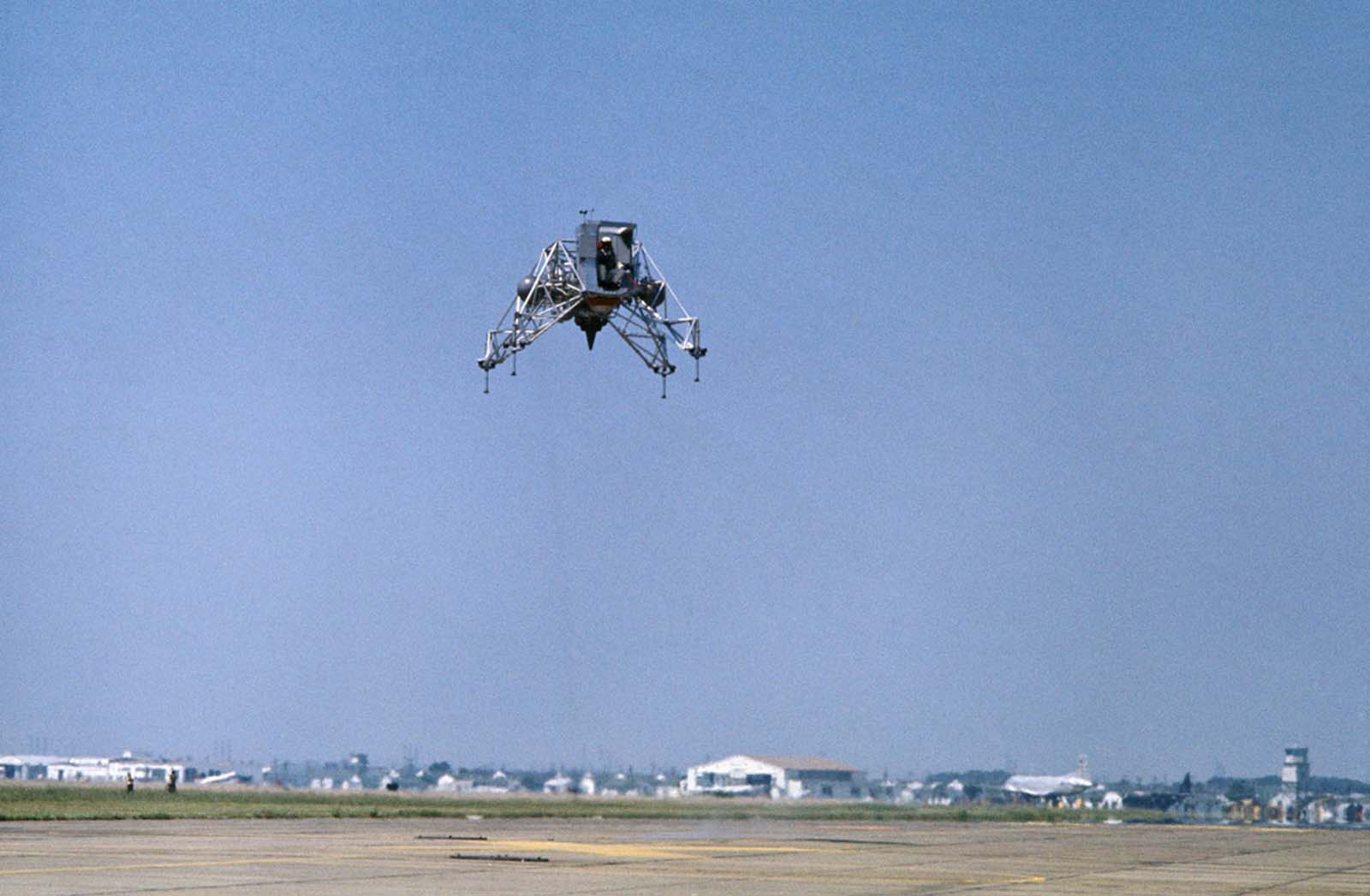
A rare photo of Neil Armstrong at Edwards Air Force Base in Southern California shows him practicing with the LLRV. This vehicle, designed to simulate lunar conditions, was essential for the astronauts to practice landing techniques in preparation for the actual landing on the Moon. As one of the first tests of its kind, the LLRV allowed astronauts to experience simulated low-gravity environments and gain the necessary skills to operate the lunar module.
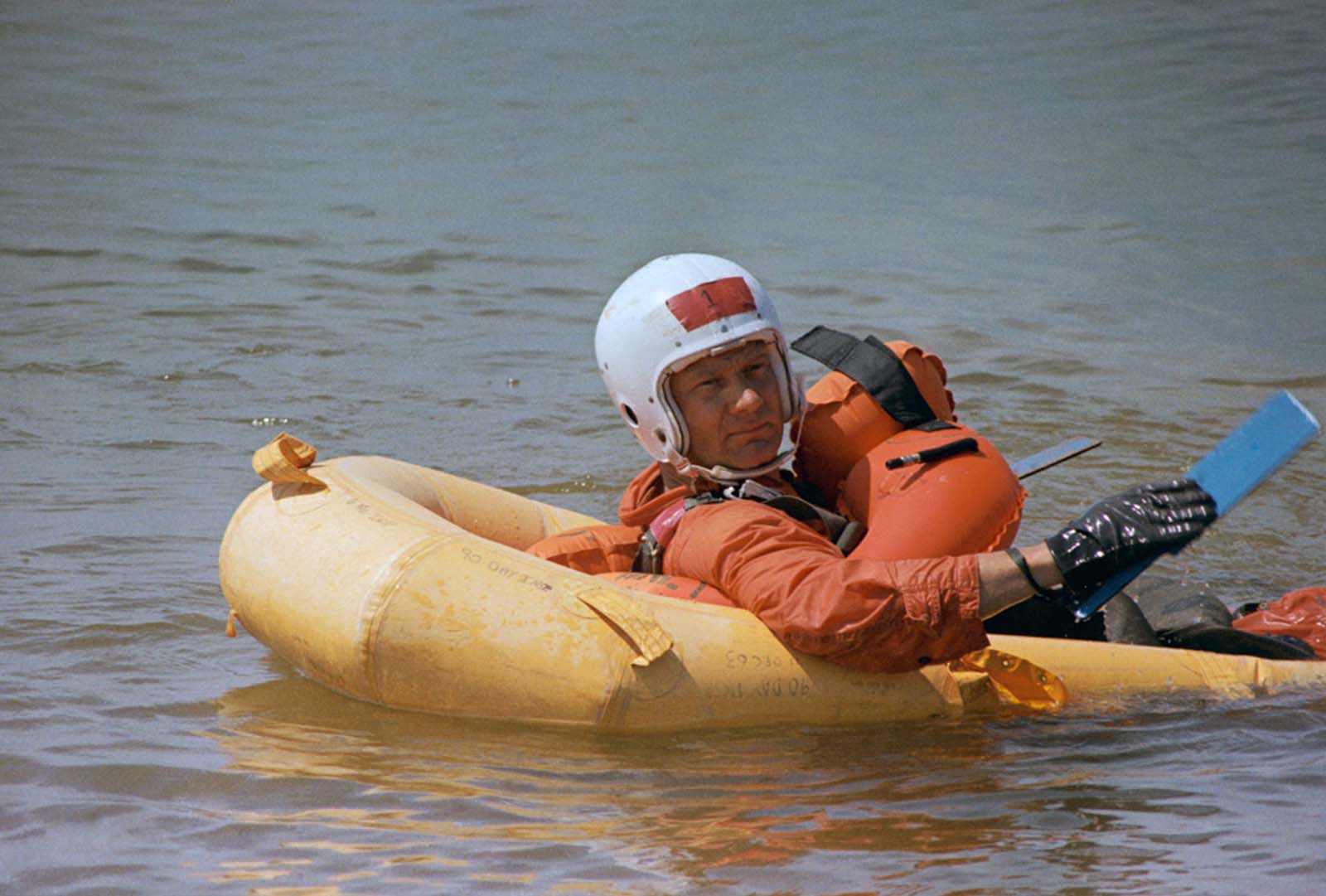
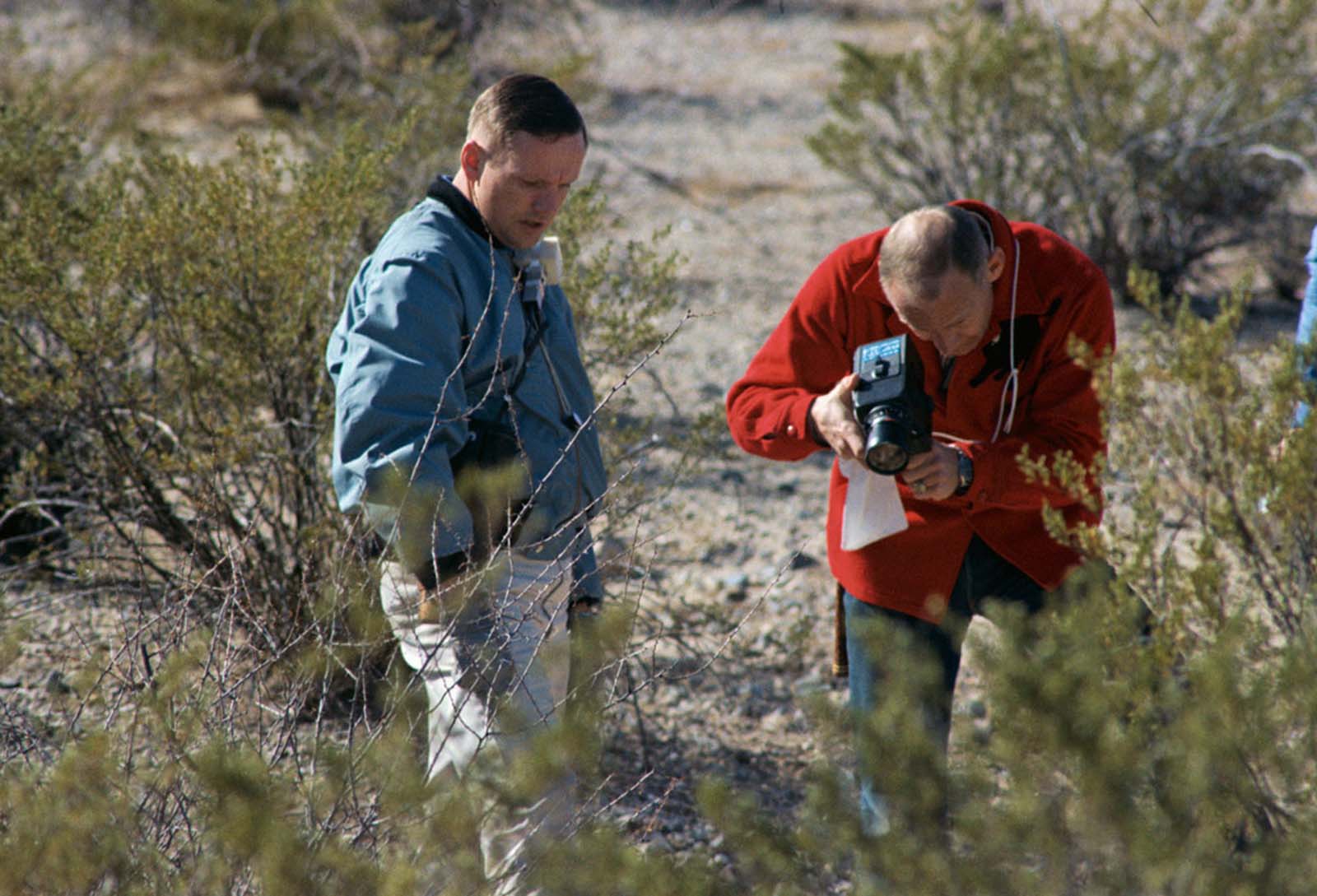
Behind the Scenes: NASA’s Commitment and Budget
Apollo 11’s success was the result of years of planning, development, and innovation. The U.S. government allocated an astounding $25 billion to the Apollo program in the 1960s, equivalent to about 2.5% of the U.S. GDP at the time. This substantial investment supported not only the development of spacecraft and technology but also the training of astronauts and engineers.
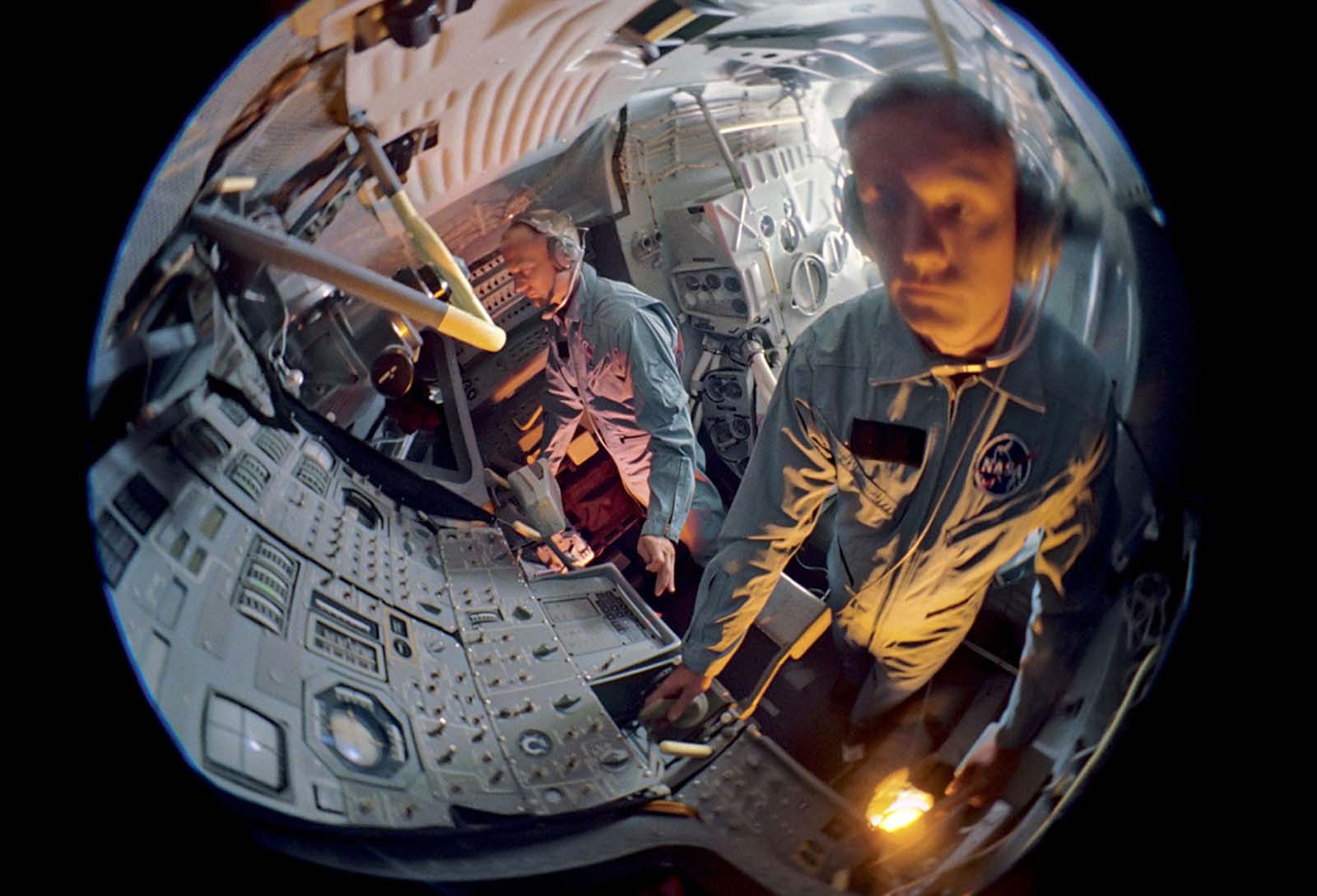
Rare images of astronauts undergoing training on simulators and flight preparation highlight the meticulous attention to detail NASA dedicated to ensuring success. It was clear that the Apollo mission was not just a race to the Moon but a demonstration of American capability, ambition, and ingenuity.
Apollo 11 Astronauts Preparing for Launch: Portraits with Their Families
In March 1969, months before the historic launch, a portrait of the Apollo 11 astronauts with their families was taken, showcasing a more personal side of these pioneering figures. In the image, Neil Armstrong, Buzz Aldrin, and Michael Collins stand beside their families, posing in front of a model of the Moon. This rare photo gives a glimpse into the lives of the astronauts outside of the rigorous training and mission preparations. These personal moments served as a reminder that despite the immense pressure of their roles, these men were also fathers, husbands, and ordinary people stepping into the extraordinary.
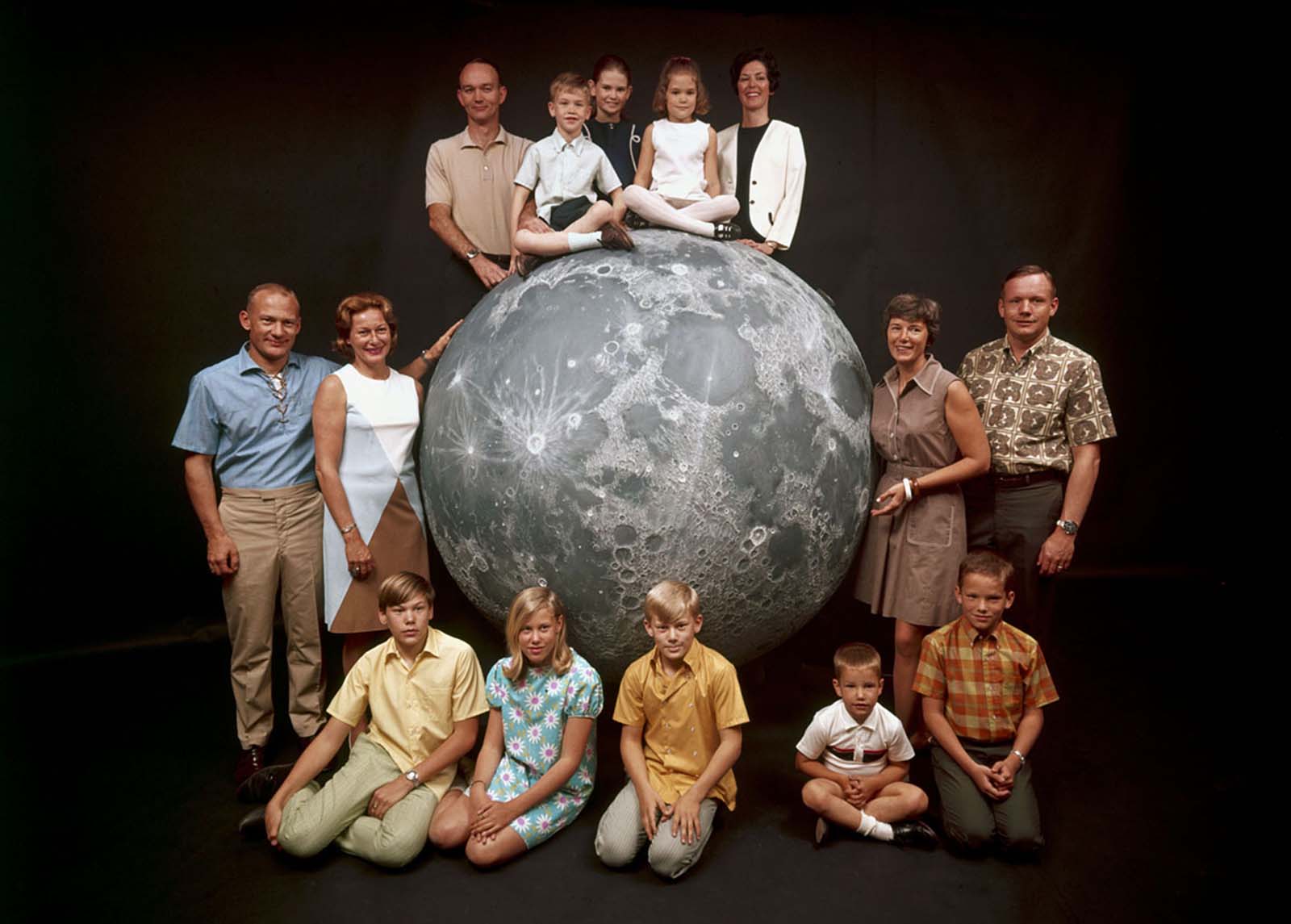
The Saturn V Rocket and Its Essential Role
The Saturn V rocket, the most powerful rocket ever built at the time, played a crucial role in launching Apollo 11 into space. Its enormous size and power were necessary to carry the astronauts and their equipment on their 240,000-mile journey to the Moon. One iconic image of the Saturn V rocket inside the Vehicle Assembly Building at NASA’s Kennedy Space Center in Florida captures its impressive scale. This was the vehicle that would carry Apollo 11 into history, lifting off from the Earth and sending its crew on their journey to make the impossible a reality.
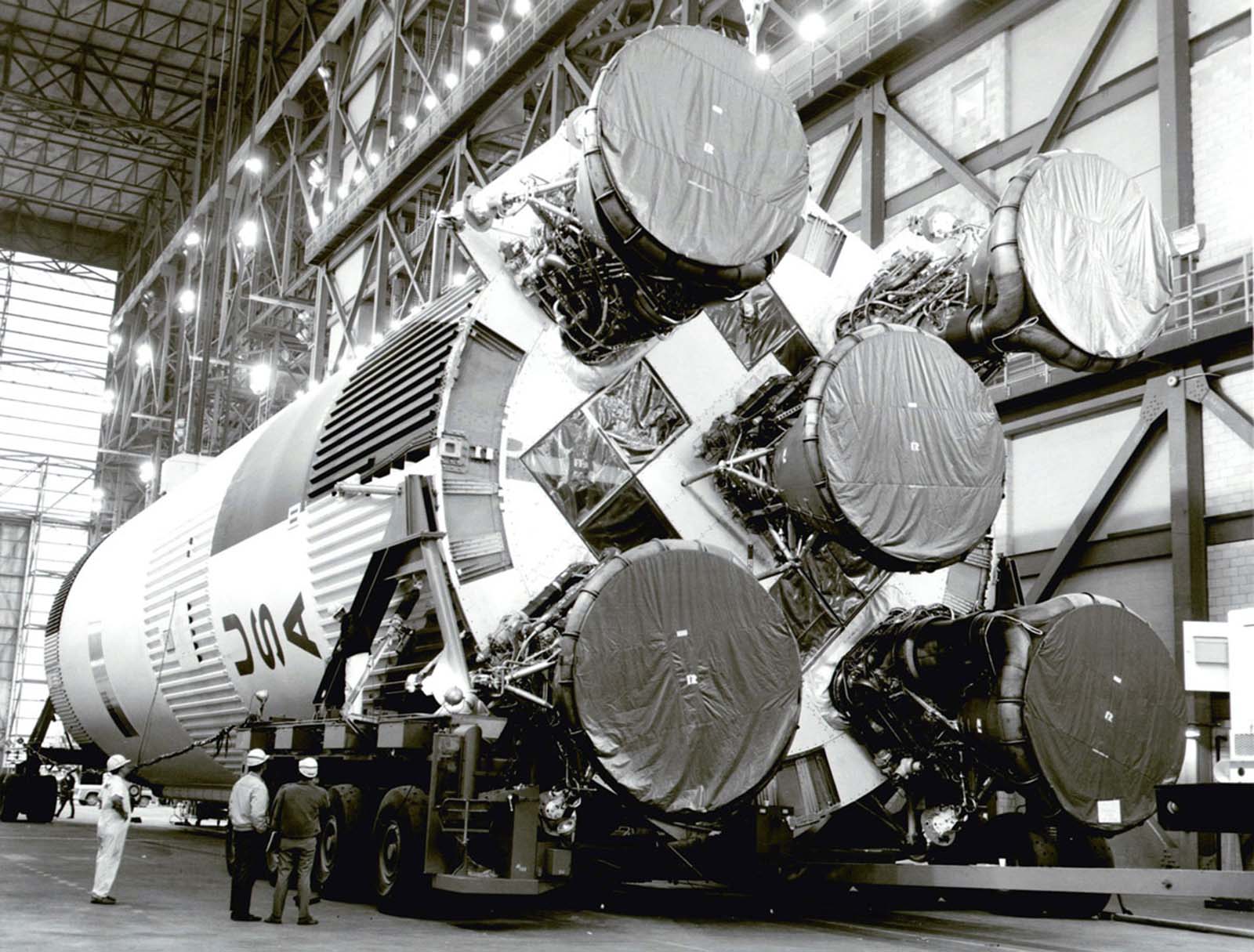
The Flight Simulator: Training for Space
To prepare for the complexities of spaceflight and the landing on the Moon, astronauts relied heavily on flight simulators. These high-tech training devices replicated the conditions of space travel, allowing astronauts to practice everything from operating the spacecraft to performing emergency maneuvers. A rare photo shows an astronaut operating a flight simulator in Dallas, Texas. The use of such simulators was essential in giving the astronauts a realistic experience before they actually ventured into space. It was here that they refined their skills and learned how to handle the unfamiliar and sometimes dangerous conditions they would face during the mission.
Countdown to Launch: The Final Preparations
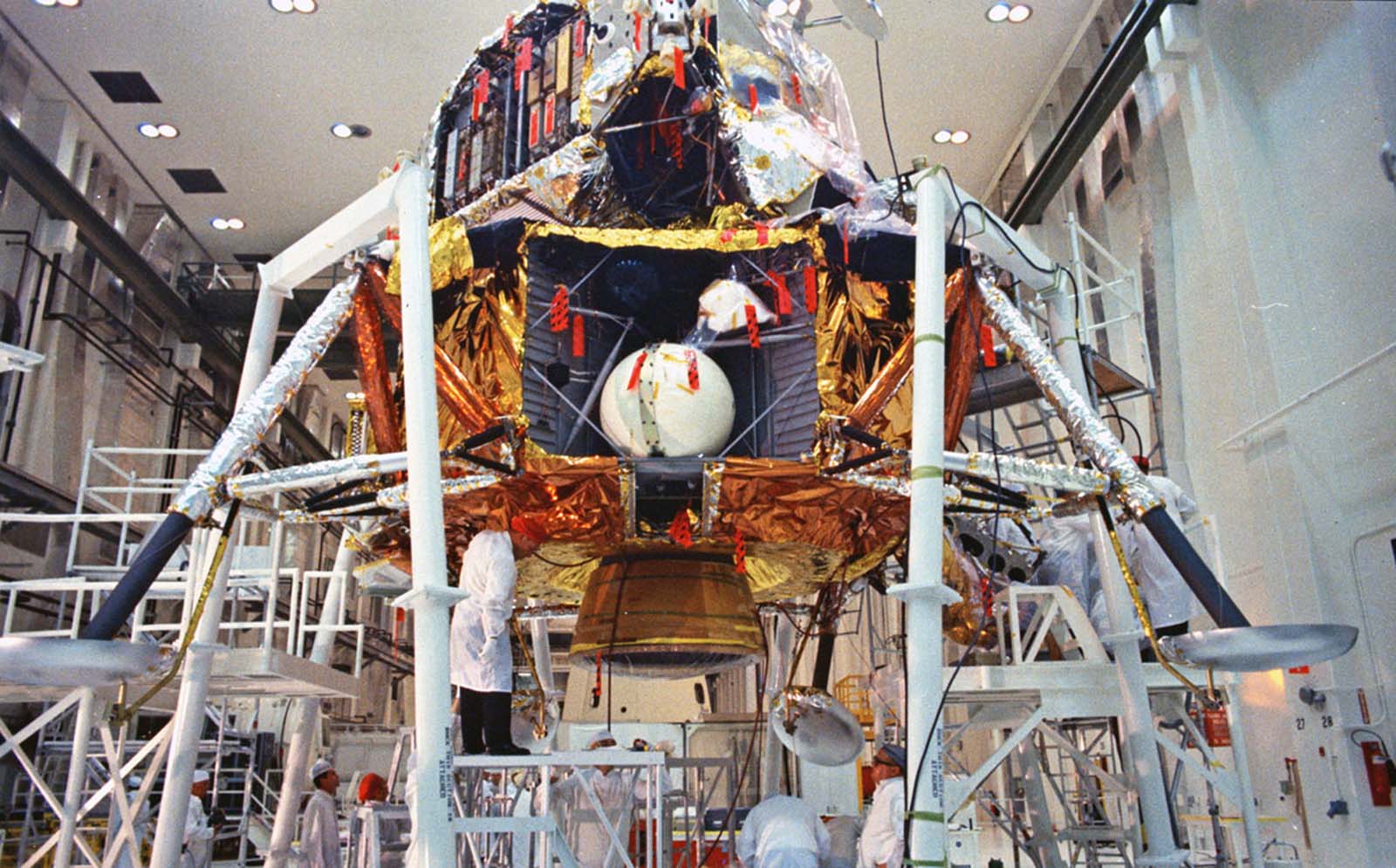
As the date for Apollo 11’s launch approached, the anticipation grew to a fever pitch. NASA worked around the clock to finalize the spacecraft and ensure that every component was ready for the mission. From assembling the spacecraft to fine-tuning the launch procedures, every detail was scrutinized to avoid any mishaps. Images from the final preparations show the hectic, yet precise, nature of the work involved in getting the astronauts ready for their historic journey.
The Legacy of Apollo 11: First Steps on the Moon
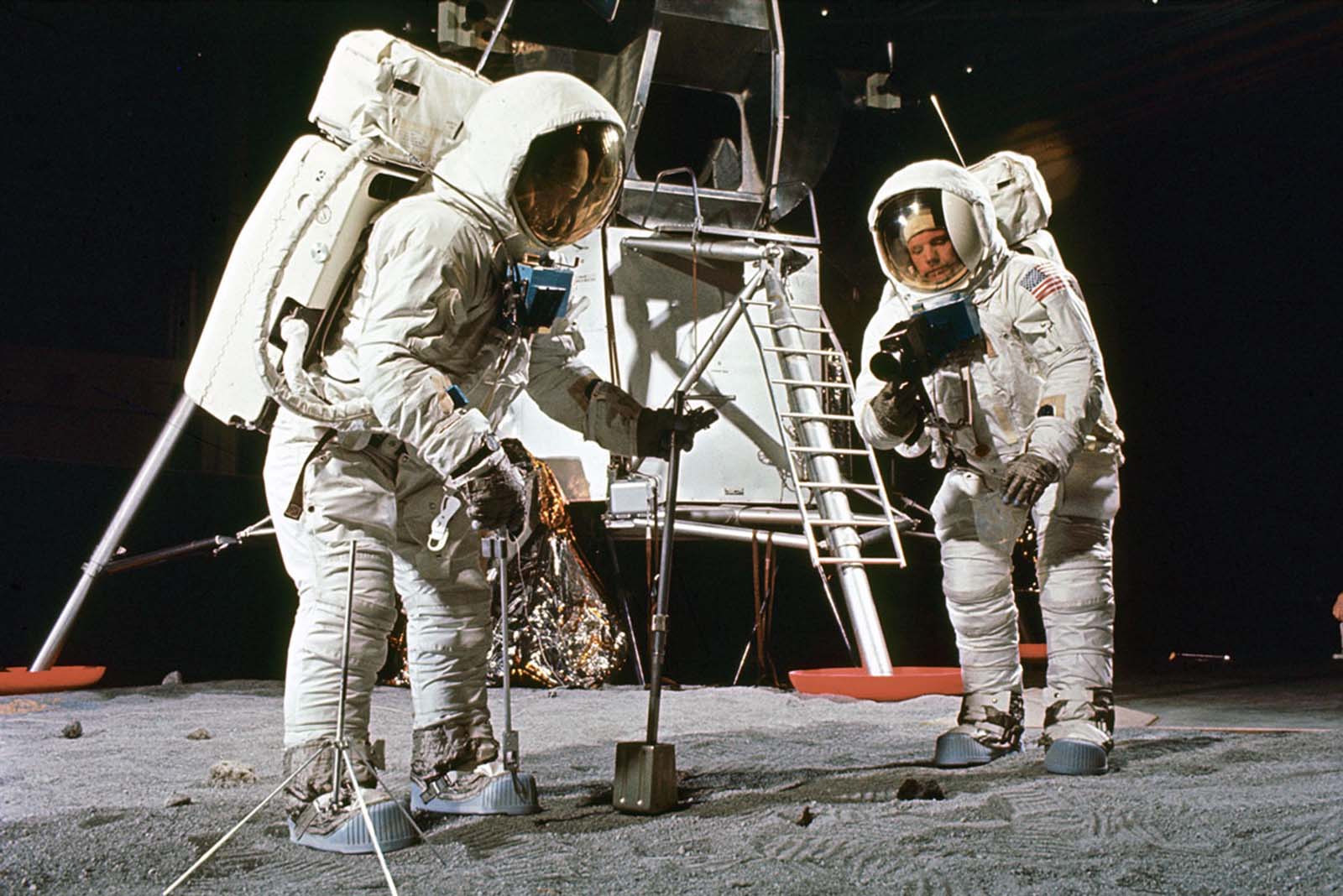
When Apollo 11 finally lifted off on July 16, 1969, and landed on the Moon four days later, the world watched in awe as Neil Armstrong took the first steps on the lunar surface. His famous words, “That’s one small step for man, one giant leap for mankind,” have become etched in history. Apollo 11 proved not only that humans could reach the Moon, but it also opened the door for further exploration of space, solidifying the U.S. as a leader in space exploration for decades to come.
Gallery: Rare Photographs of Apollo 11 Preparation
This collection of rare photographs offers an unparalleled look at the preparations for Apollo 11. From training sessions to final assembly, these images capture the intense effort and commitment required to make the Moon landing a reality. Each photograph serves as a reminder of the extraordinary people, technology, and resources that made Apollo 11 possible.
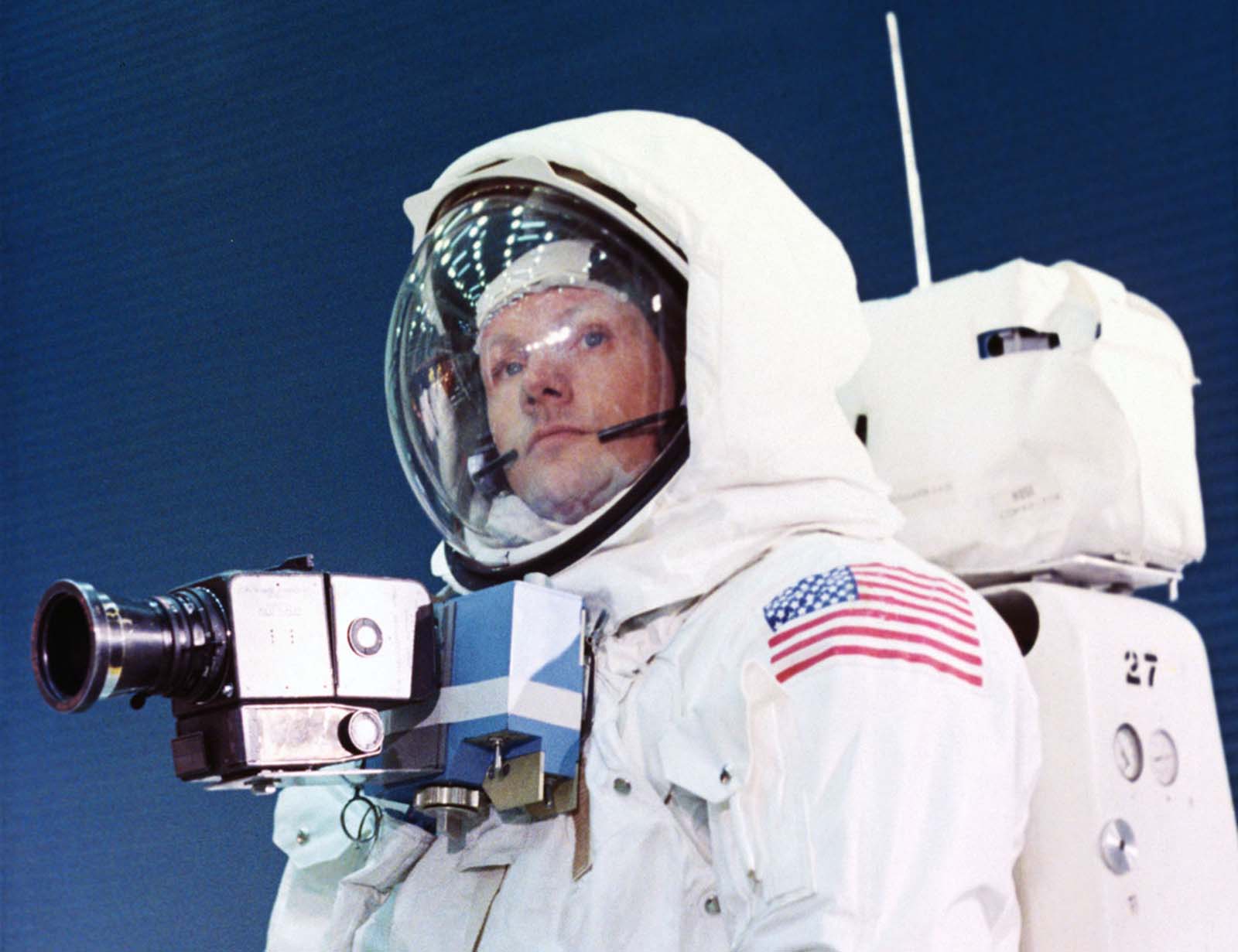
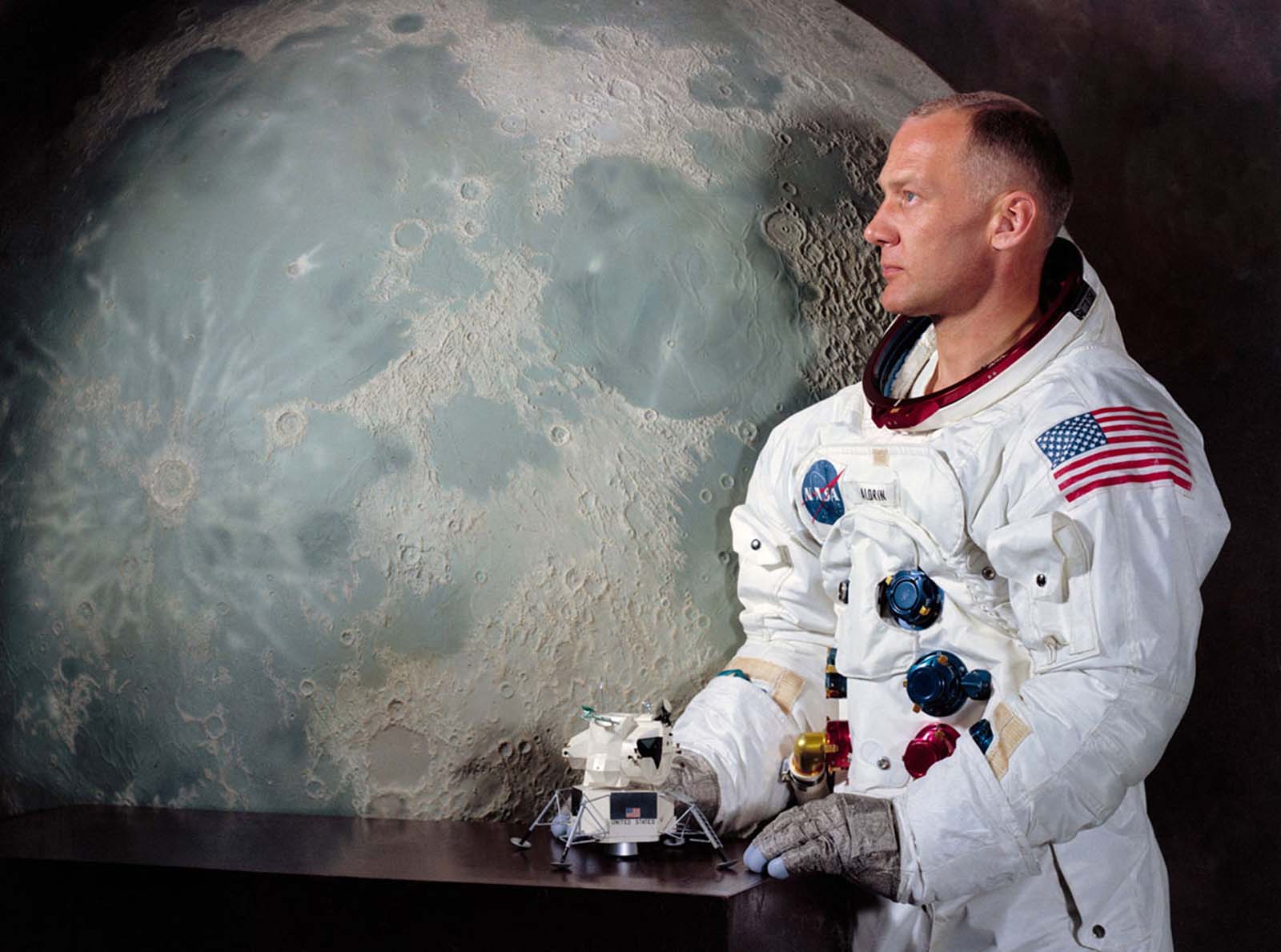
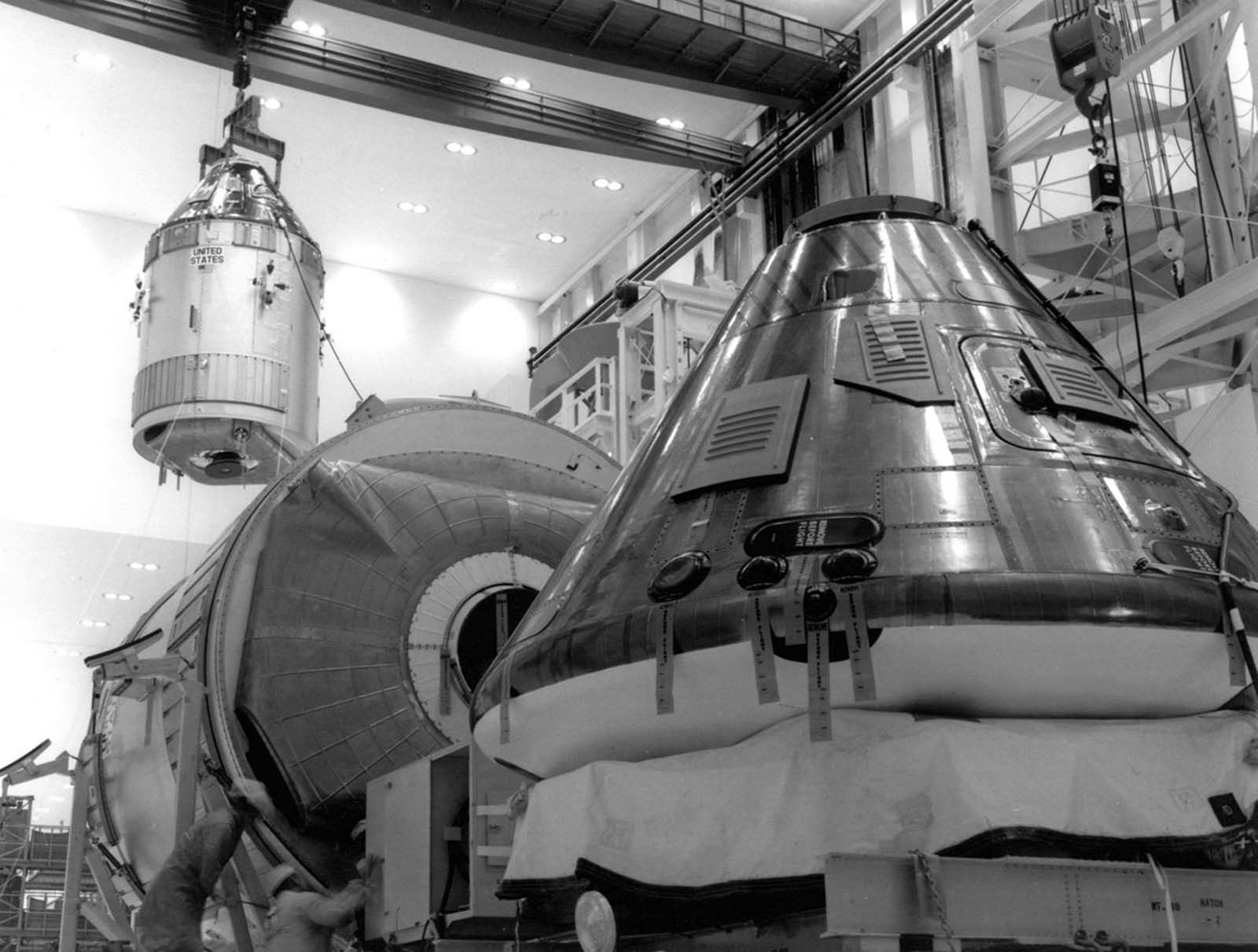
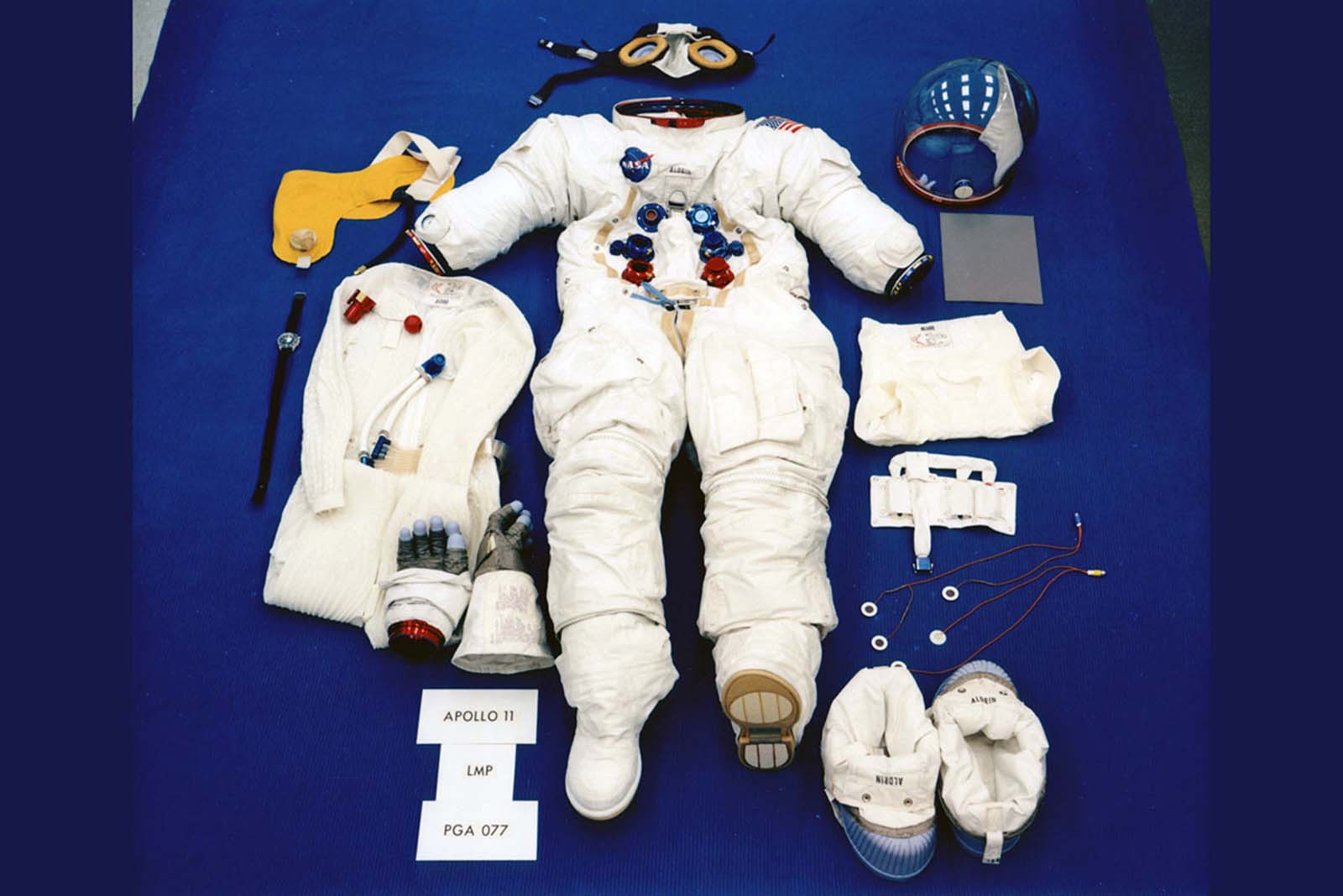
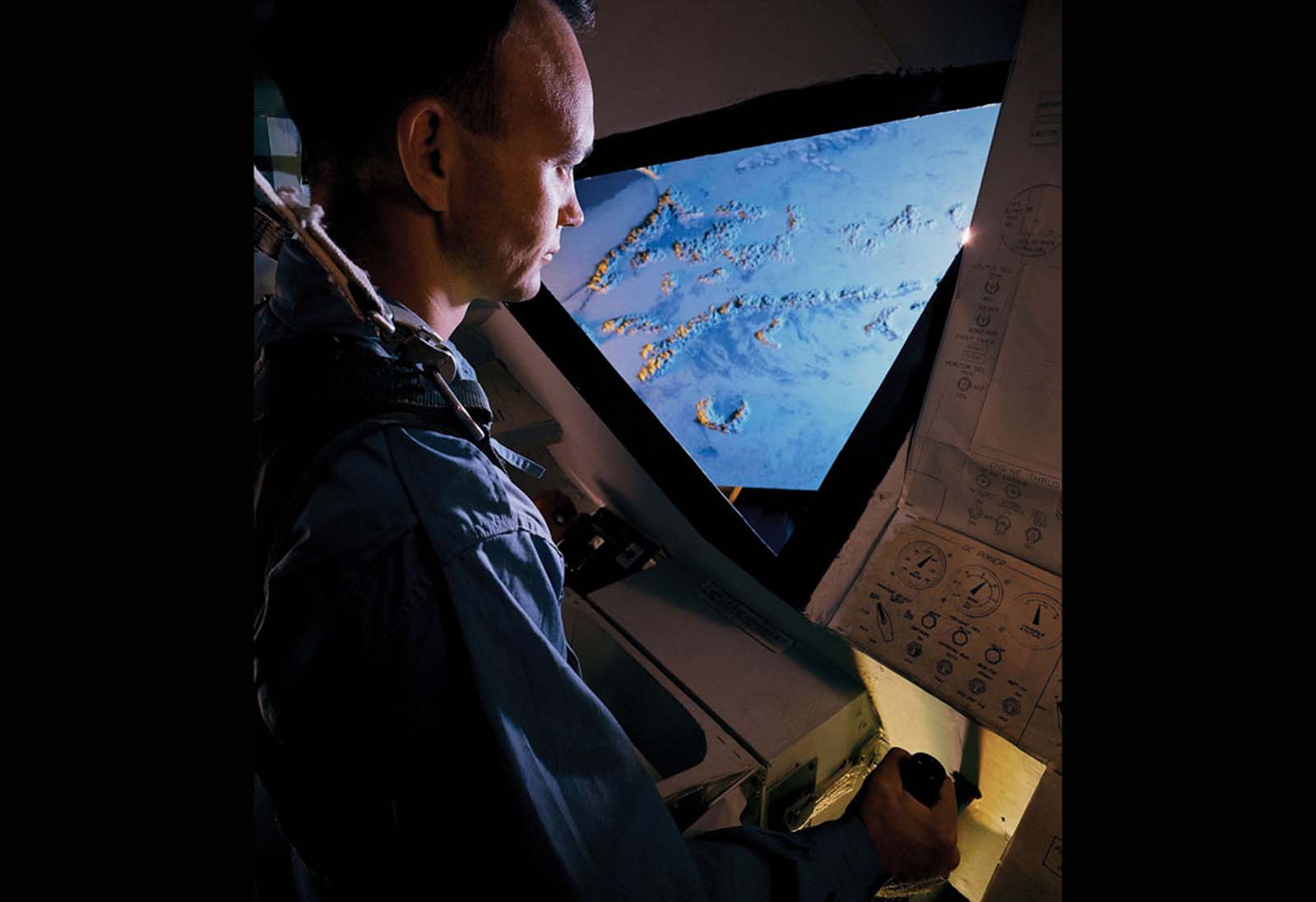
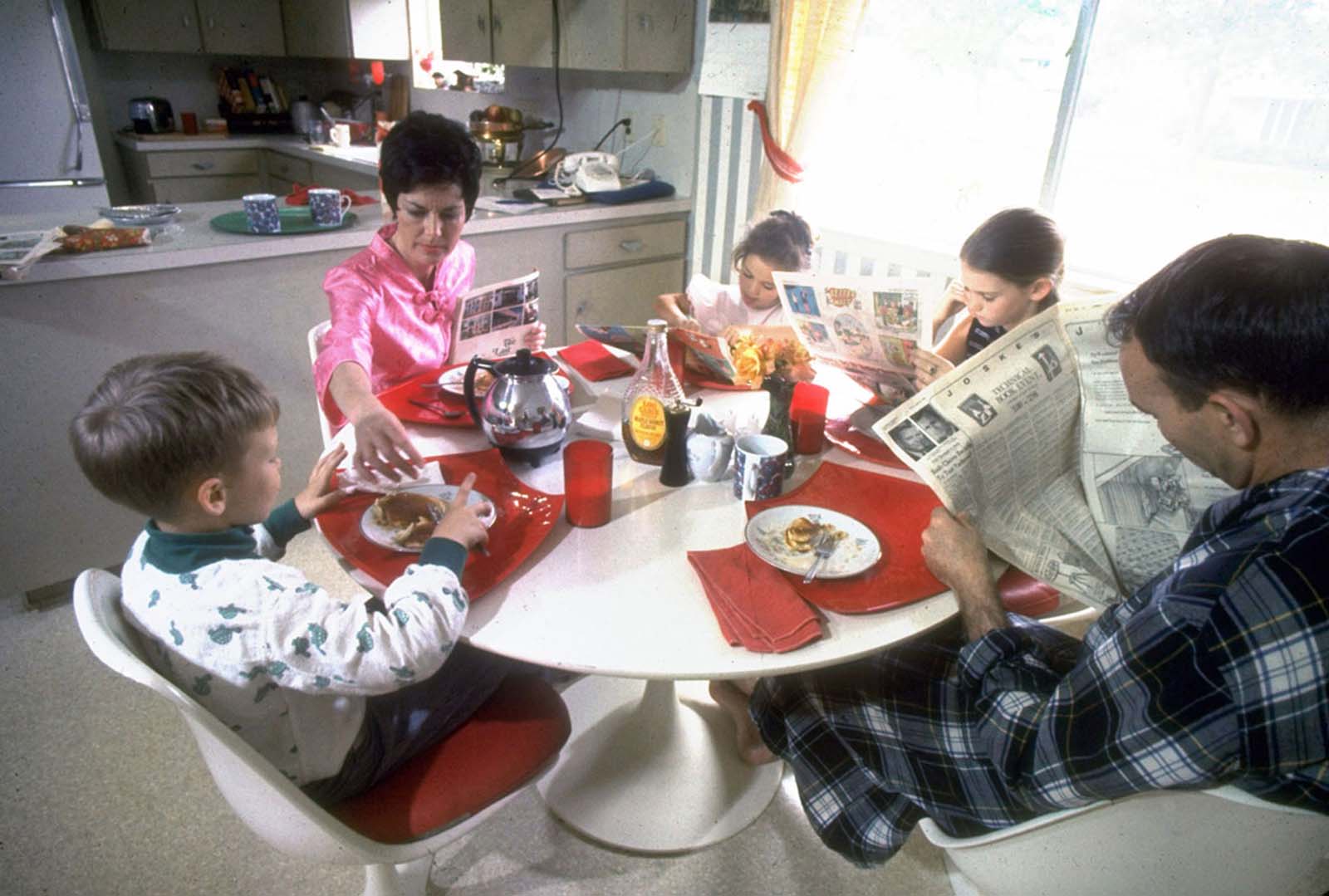
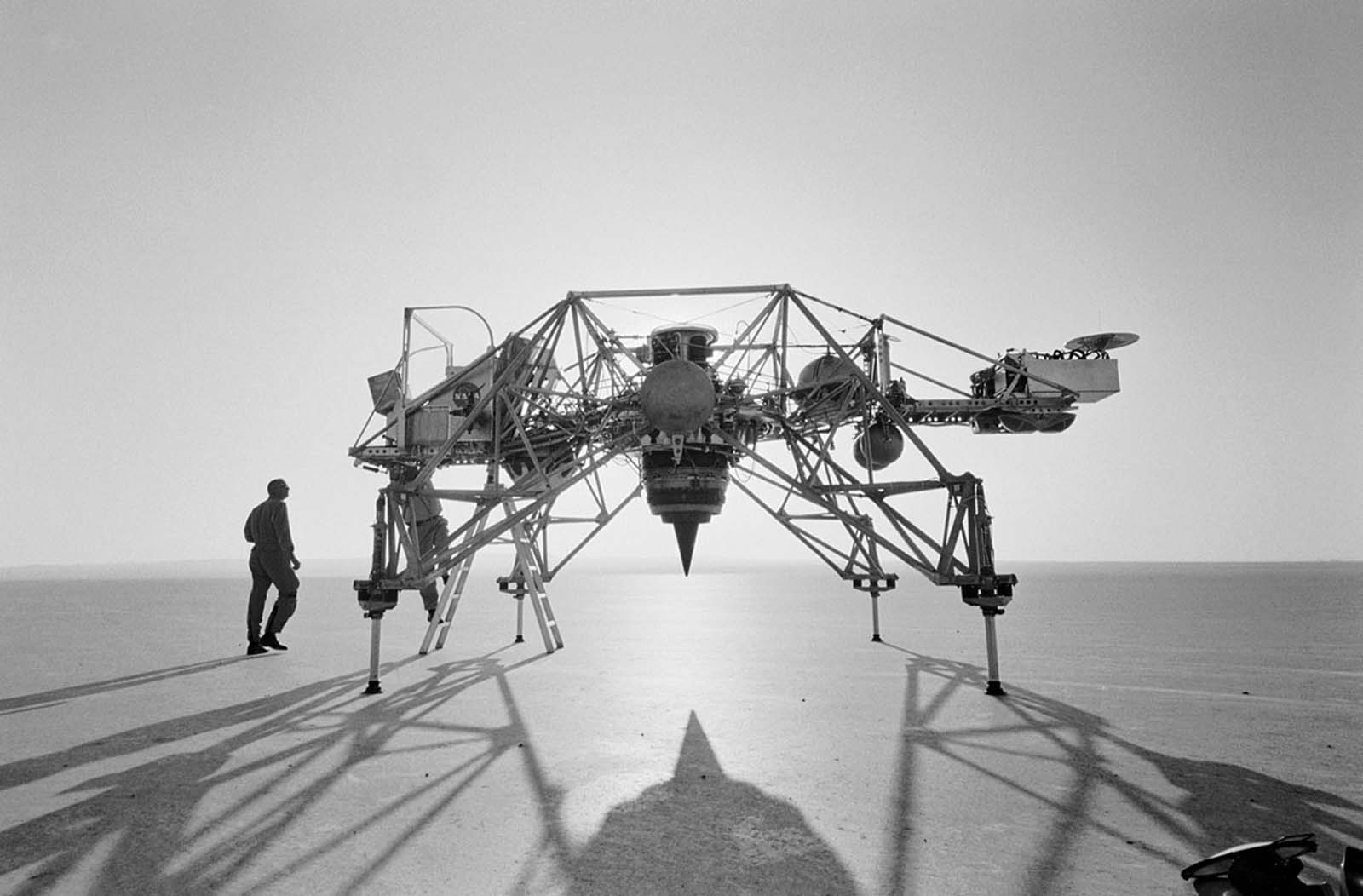
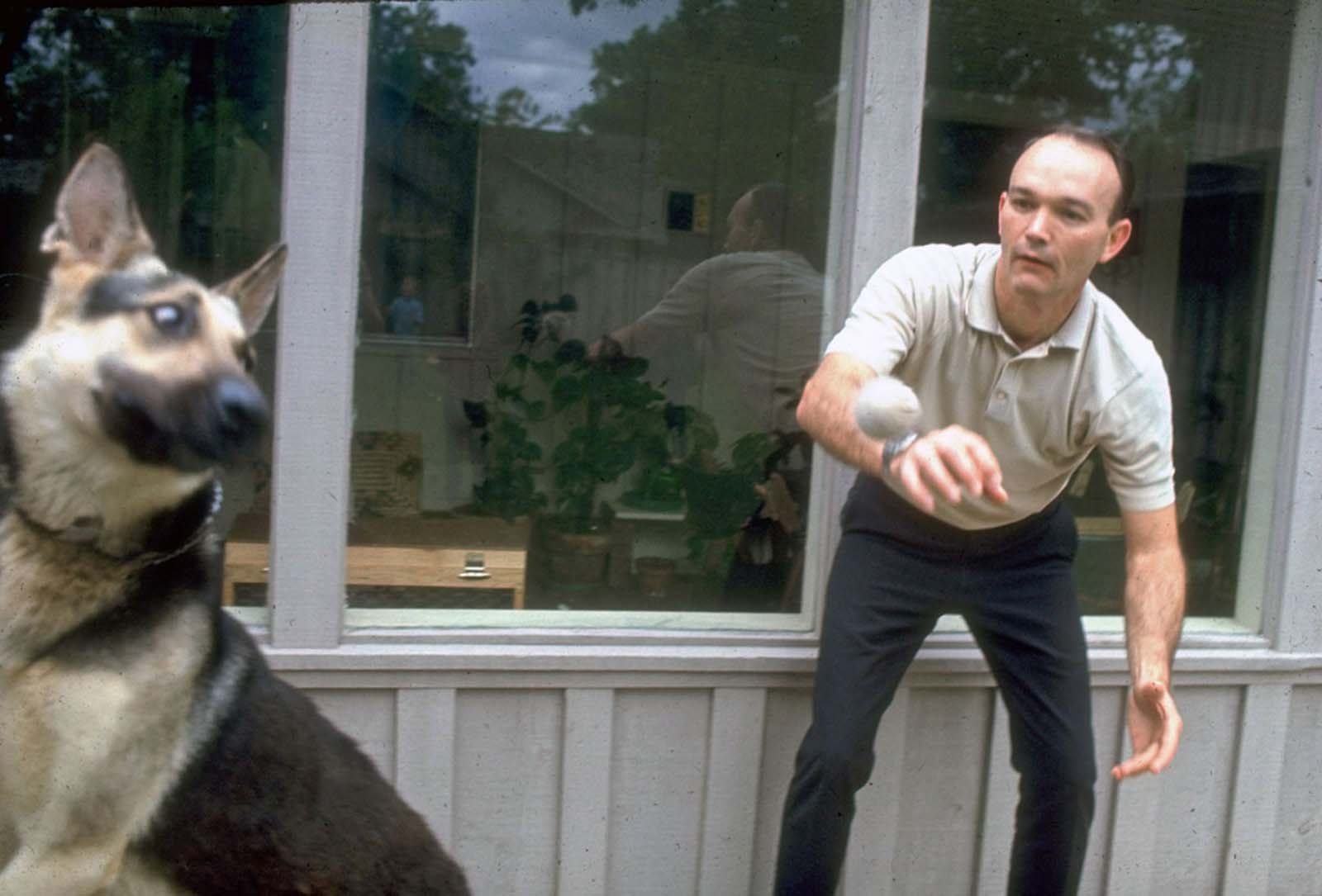
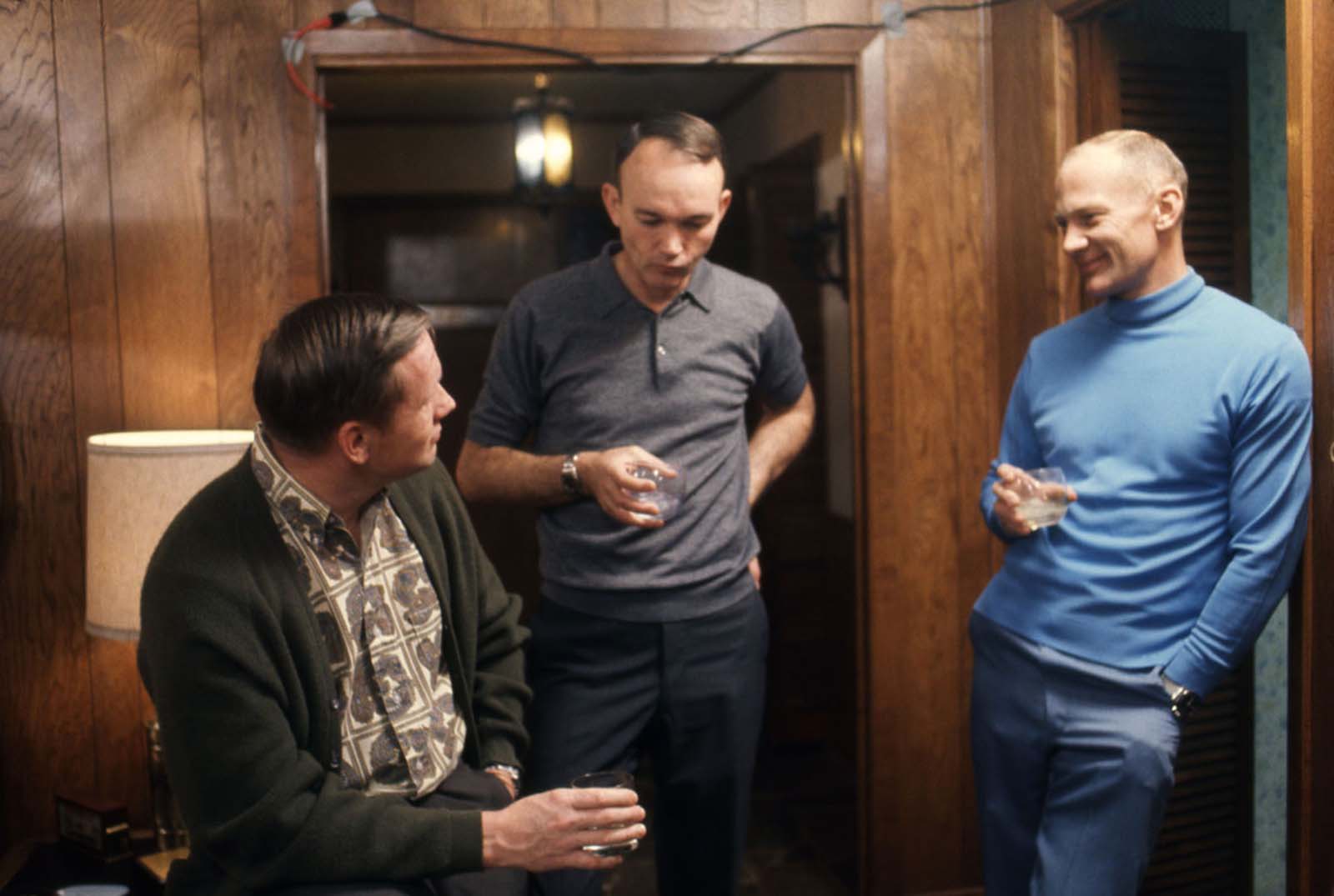
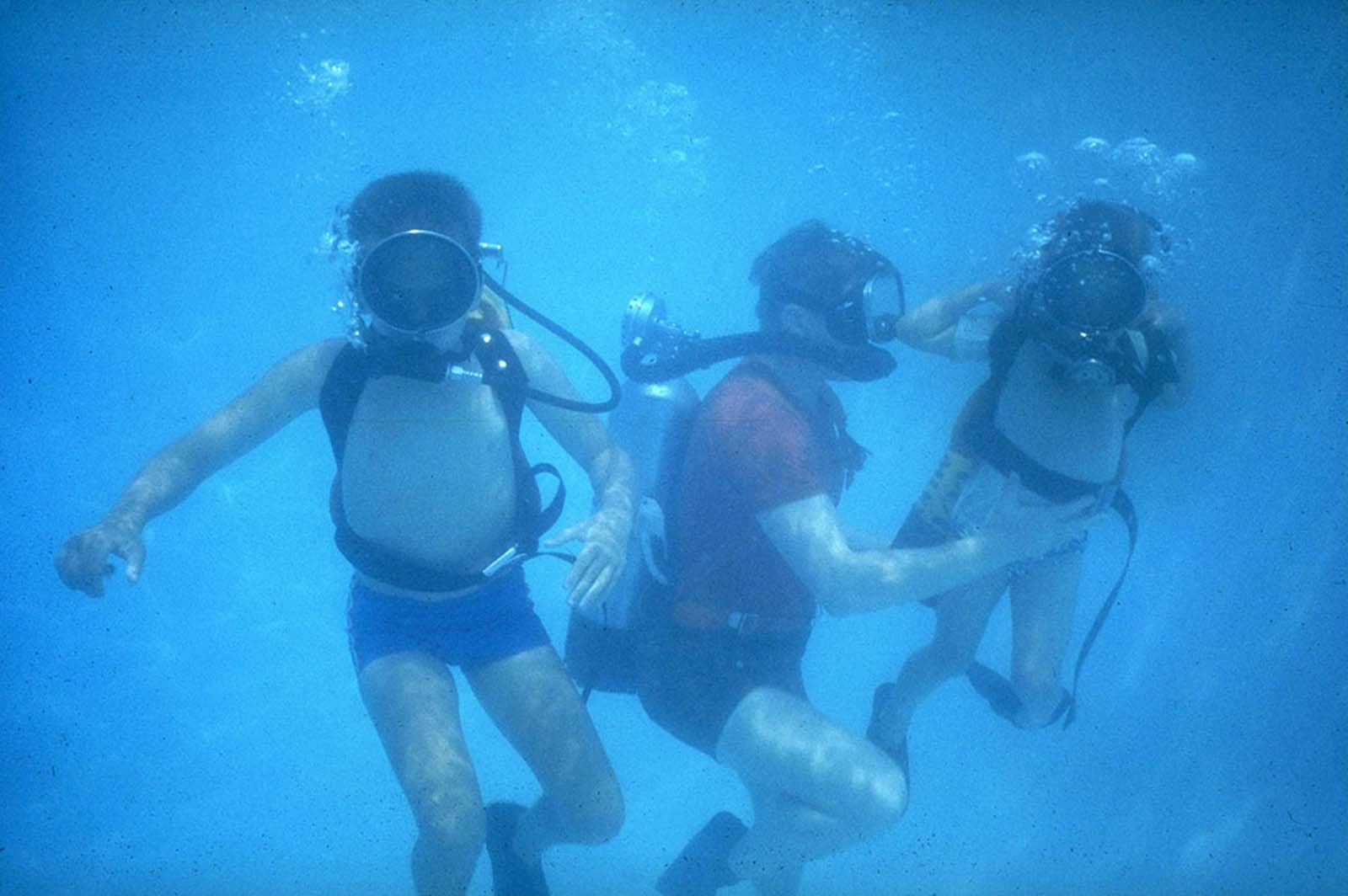
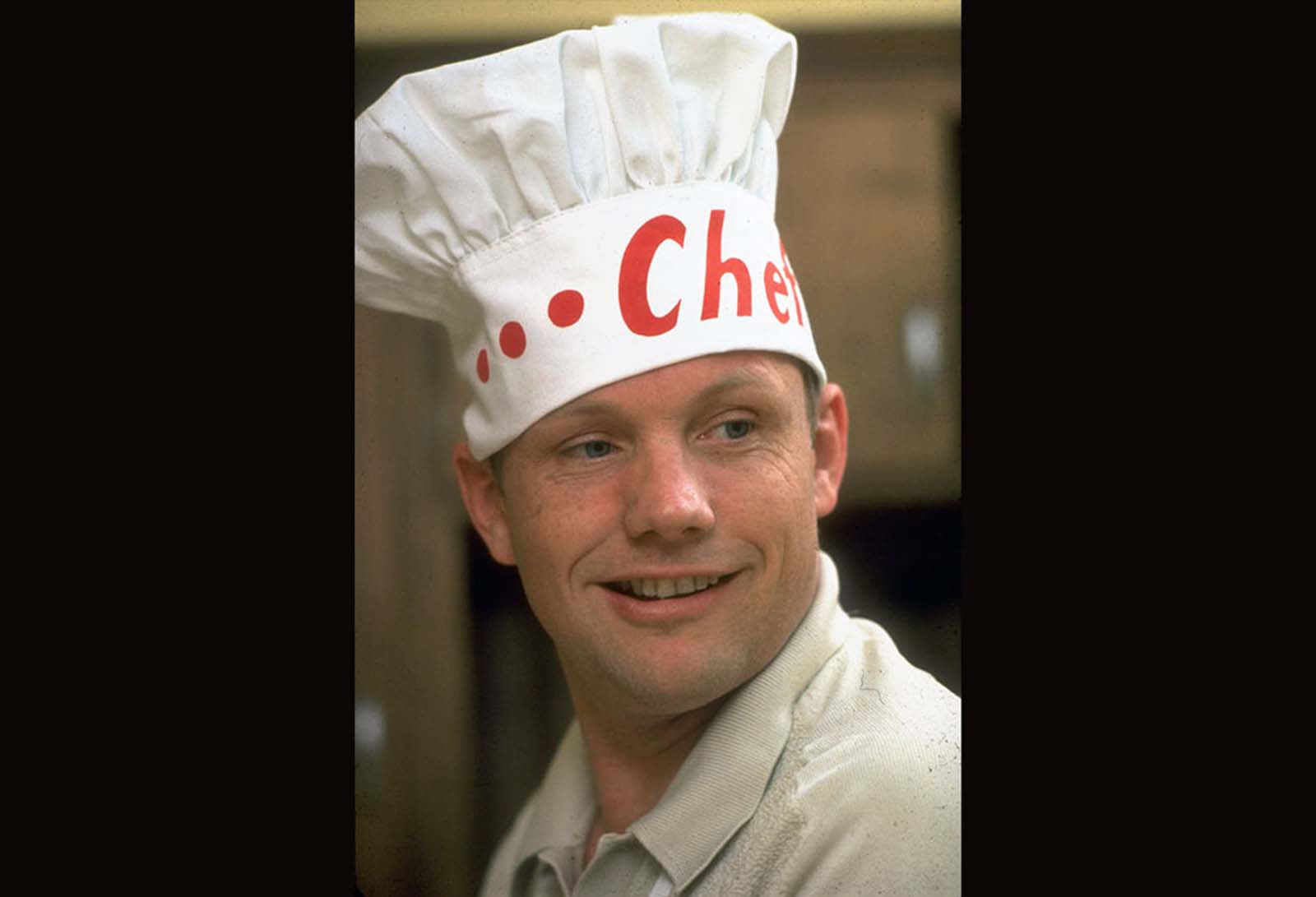
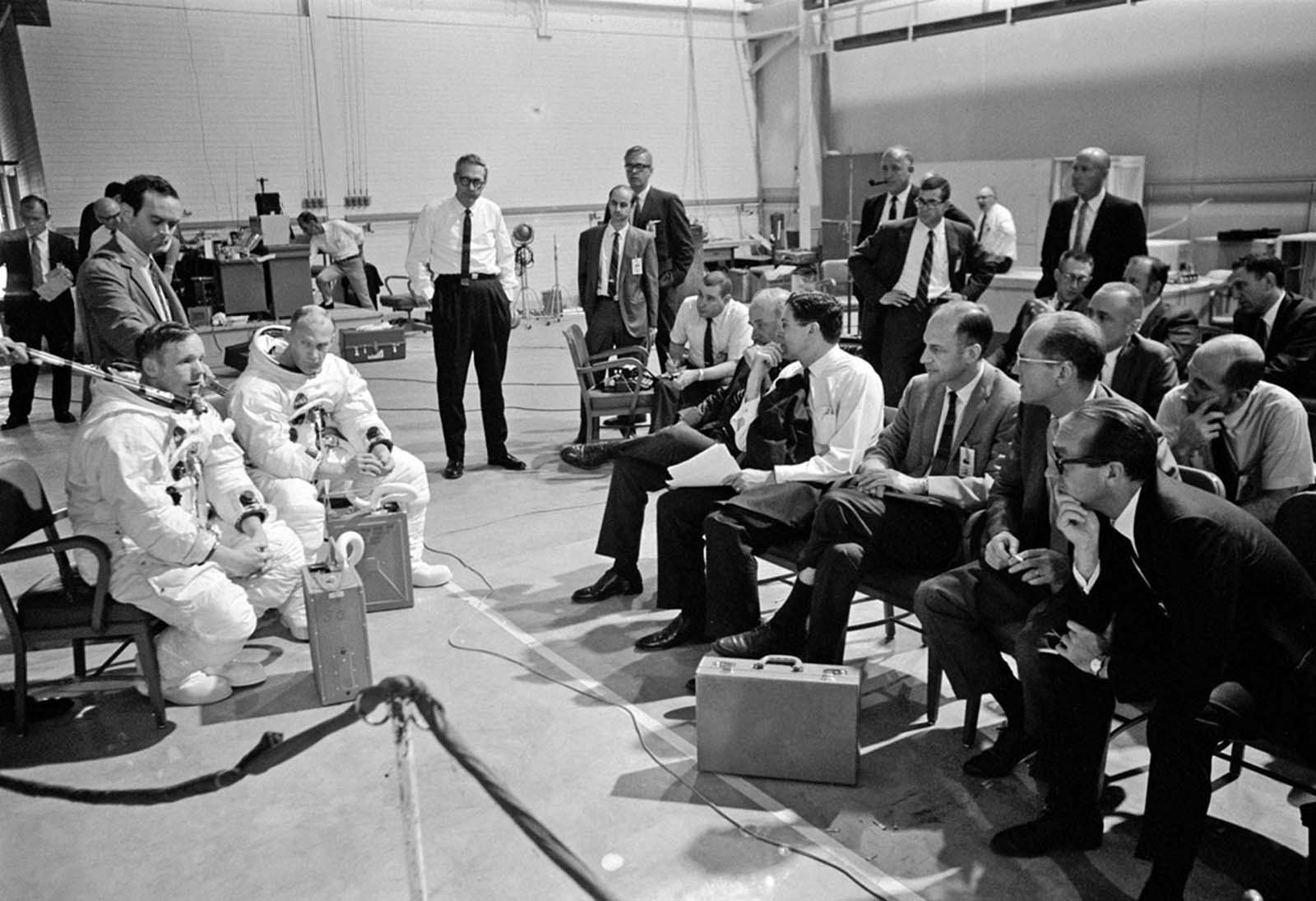
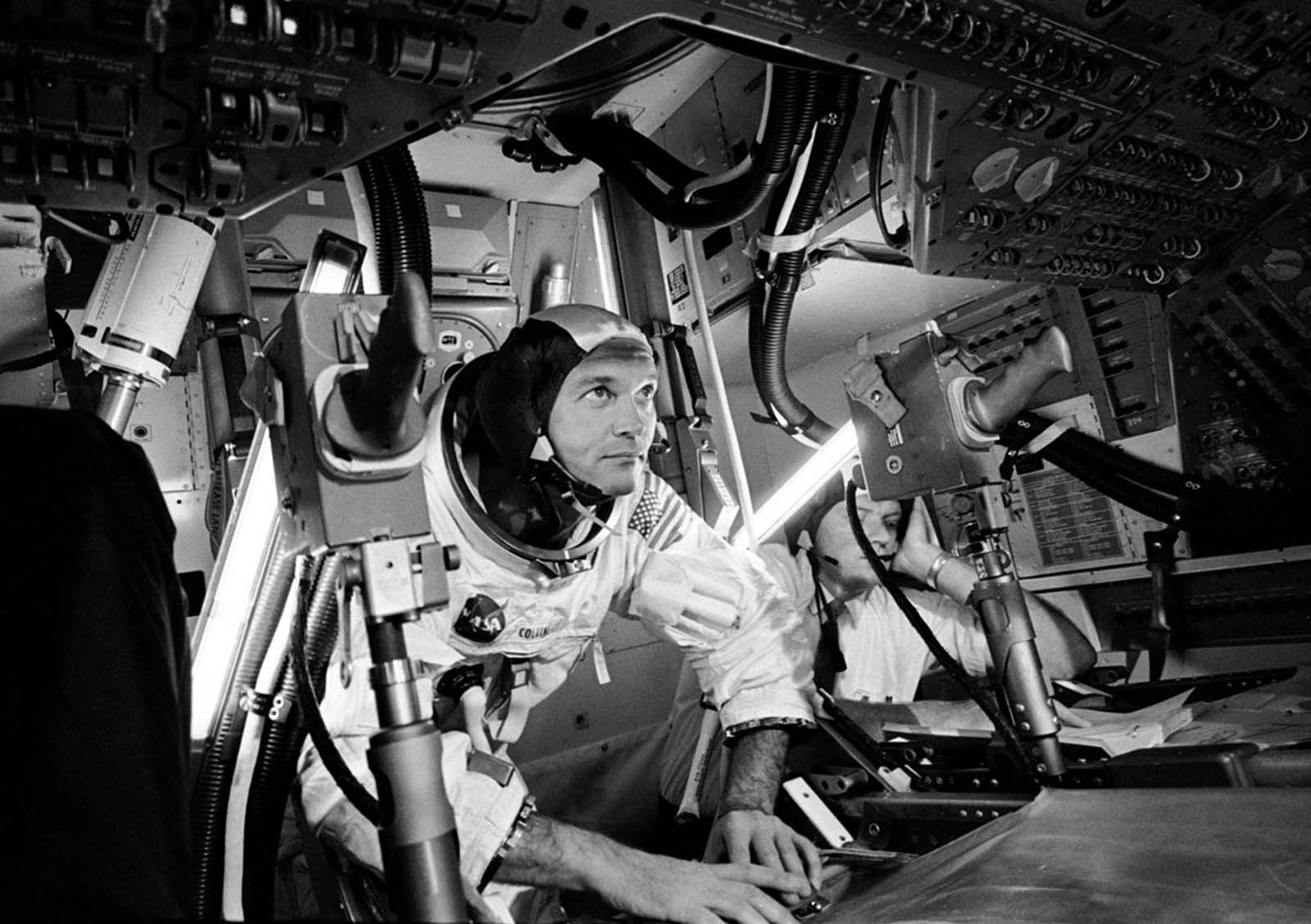
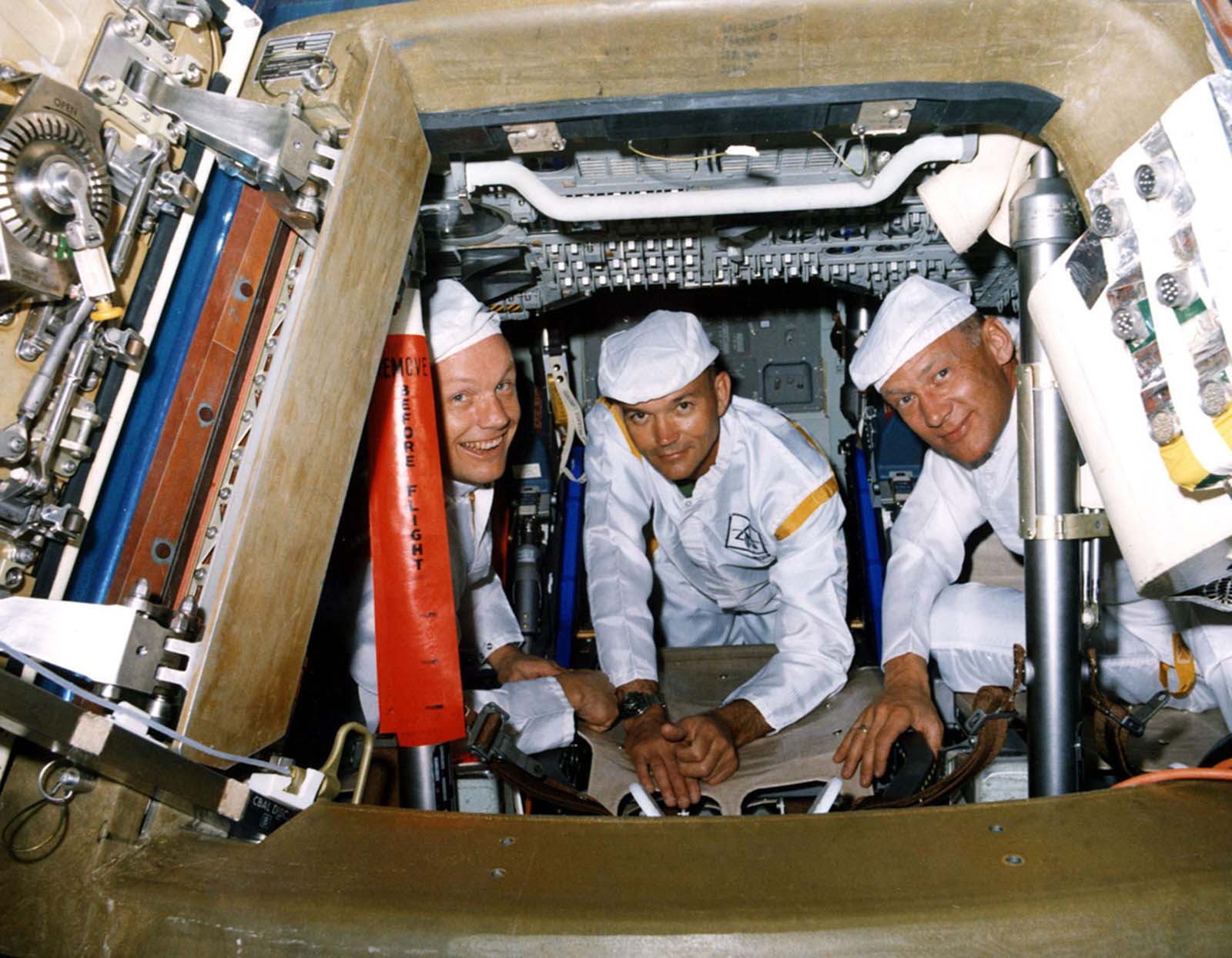
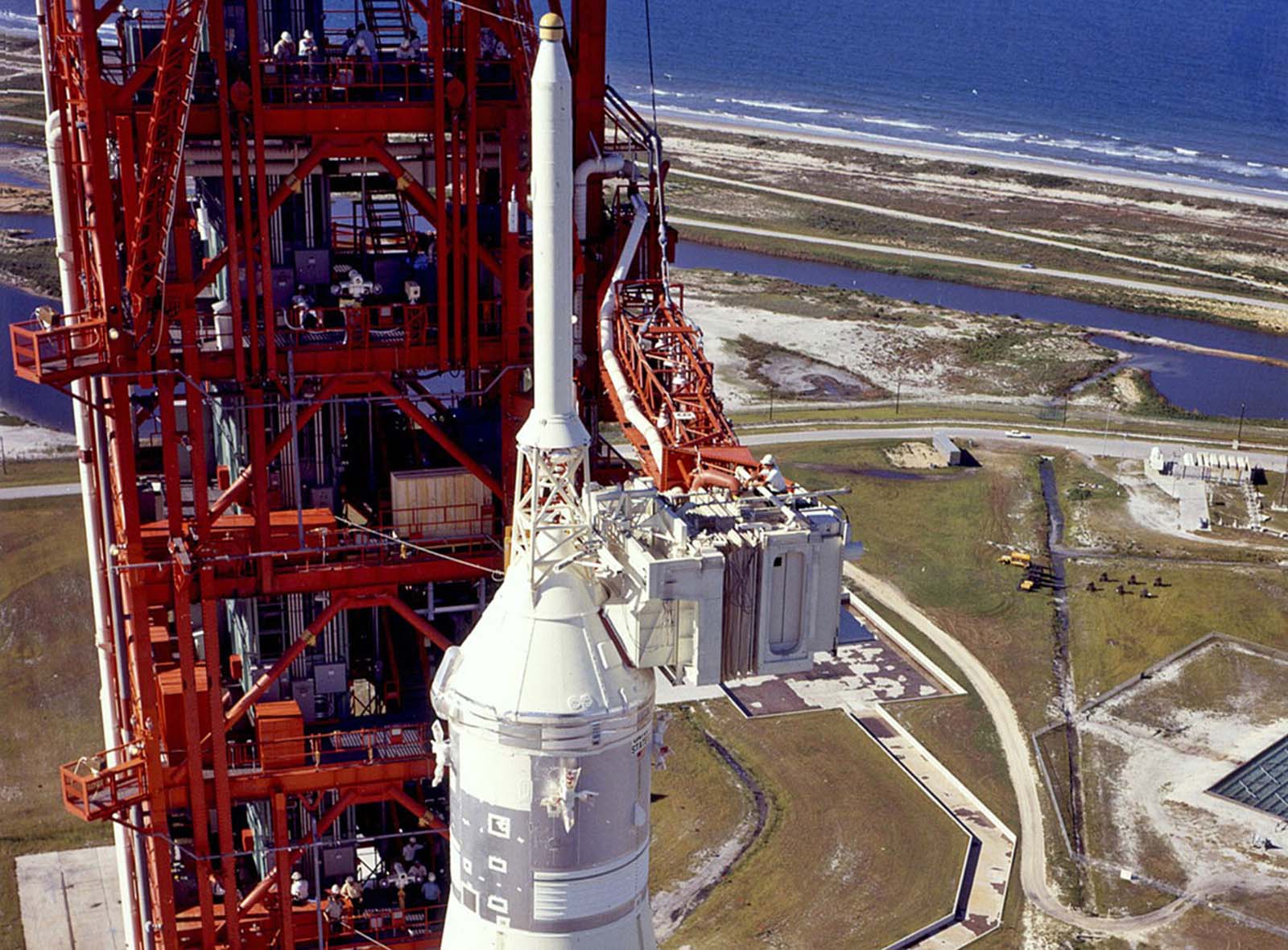
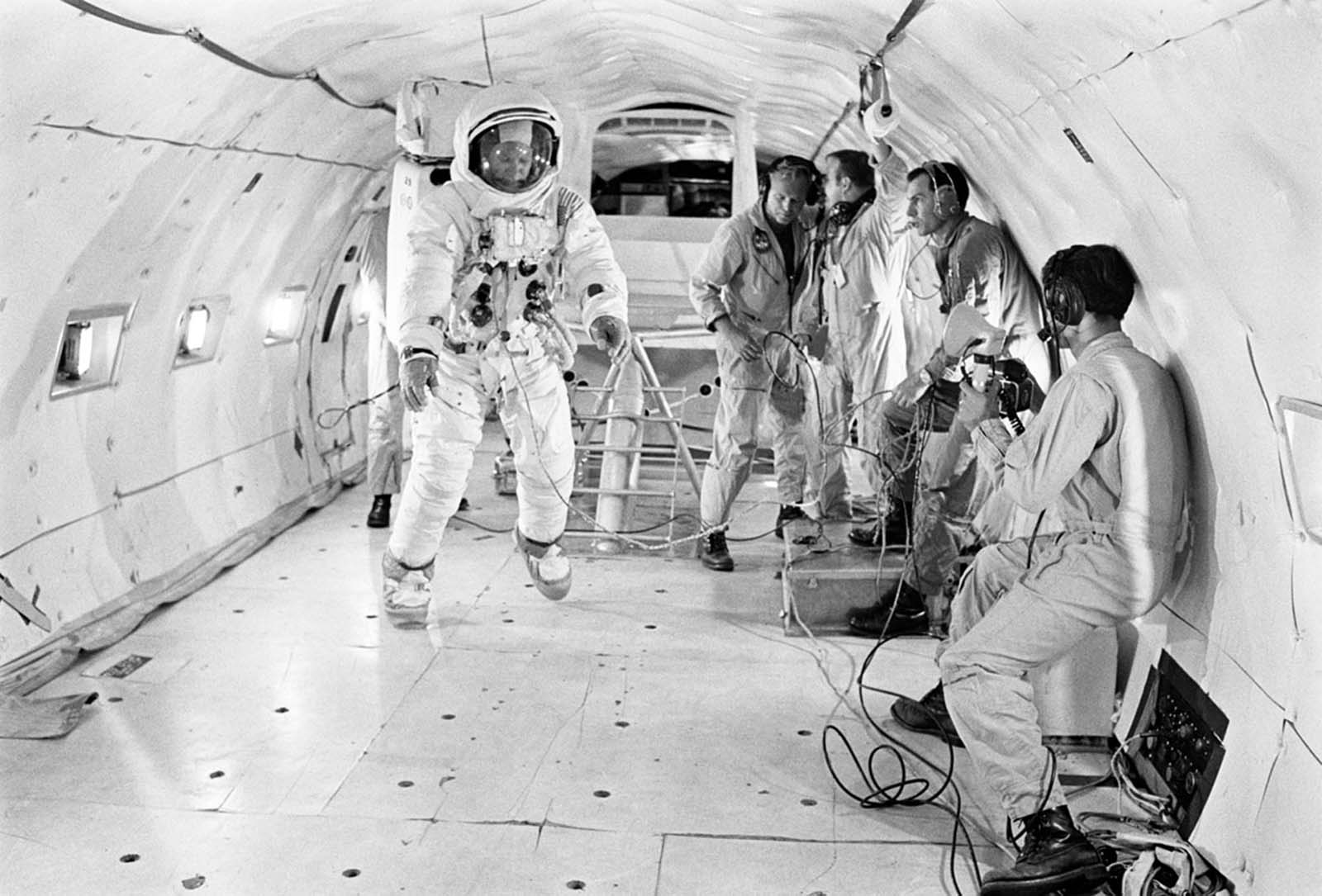
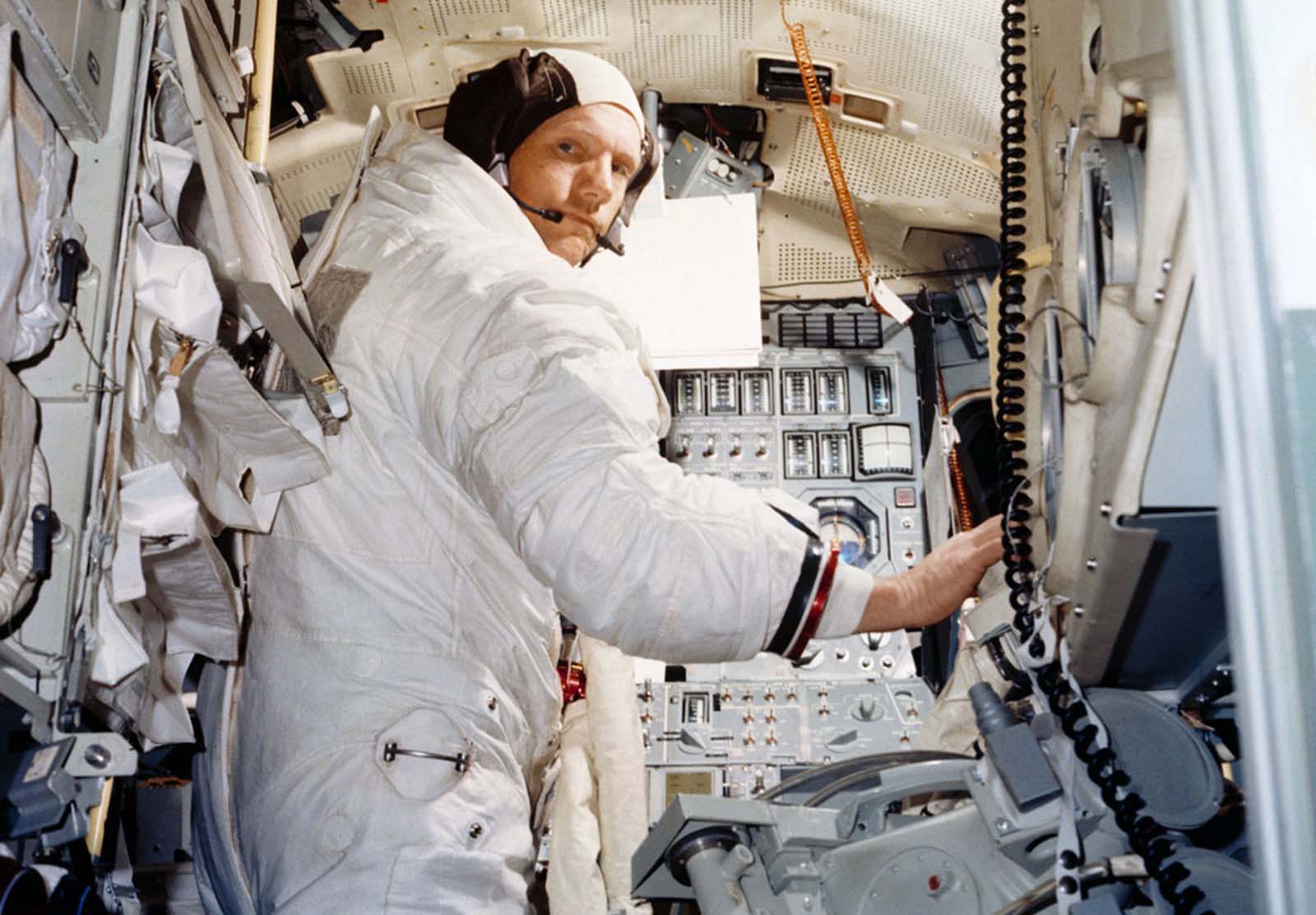
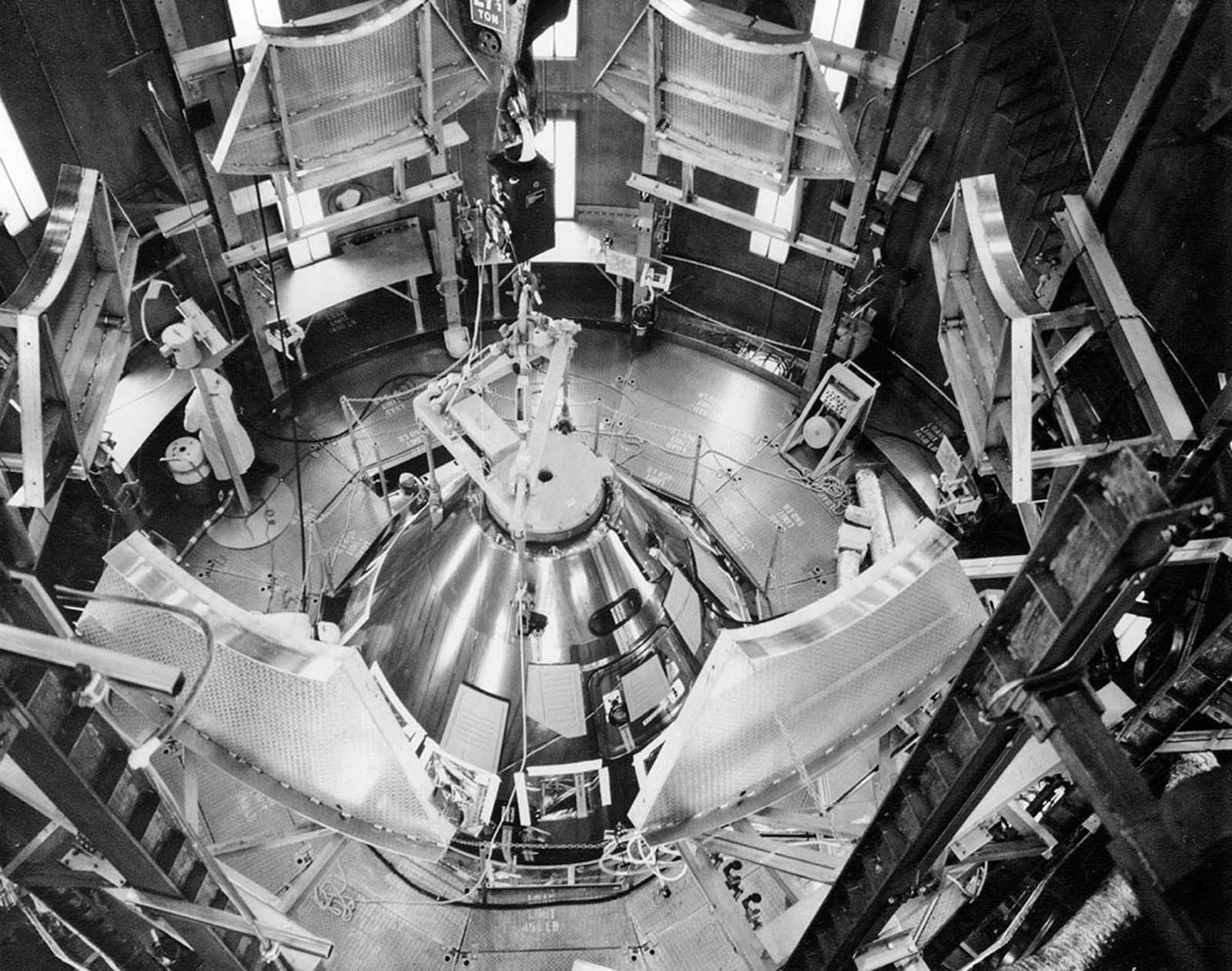
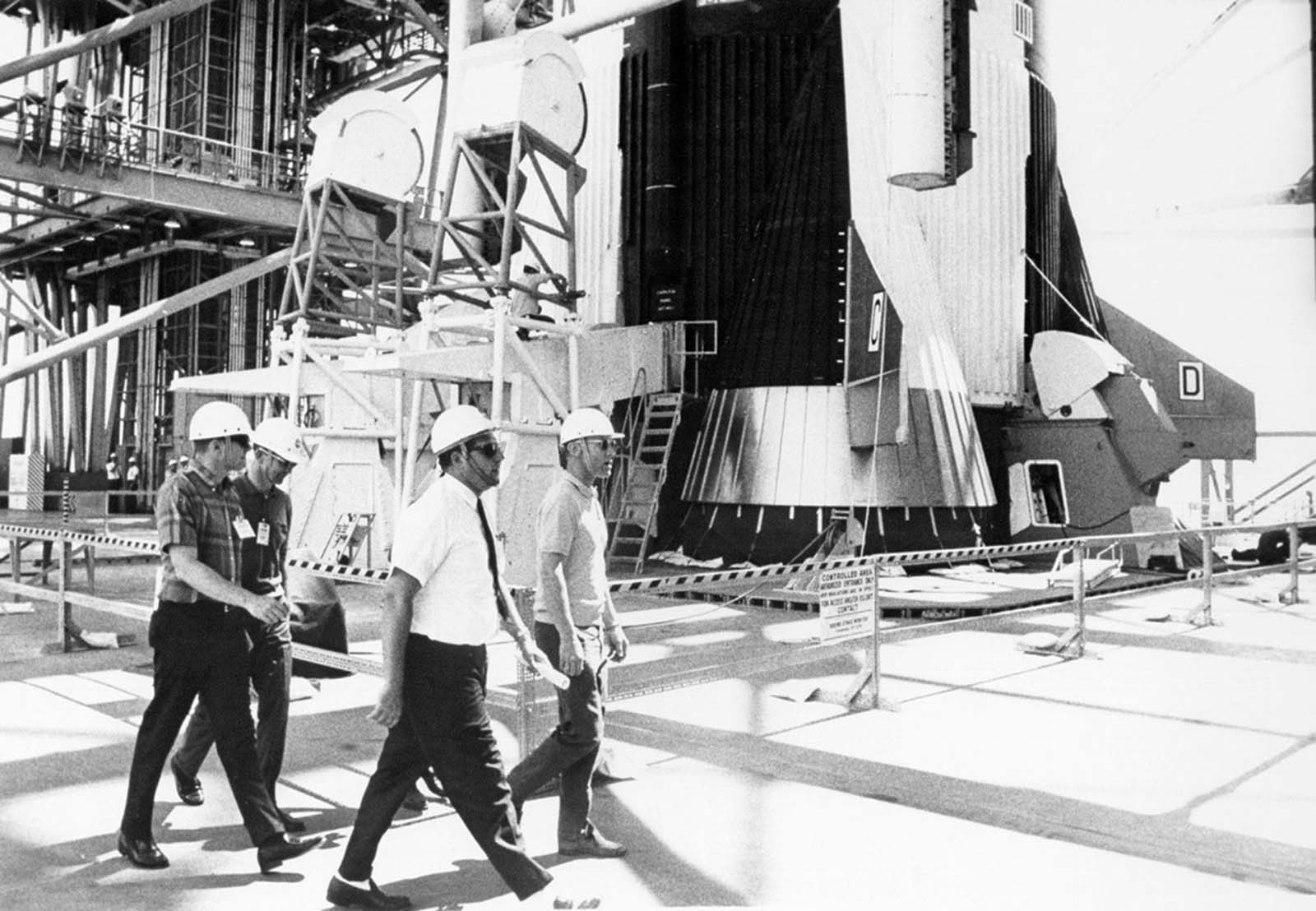
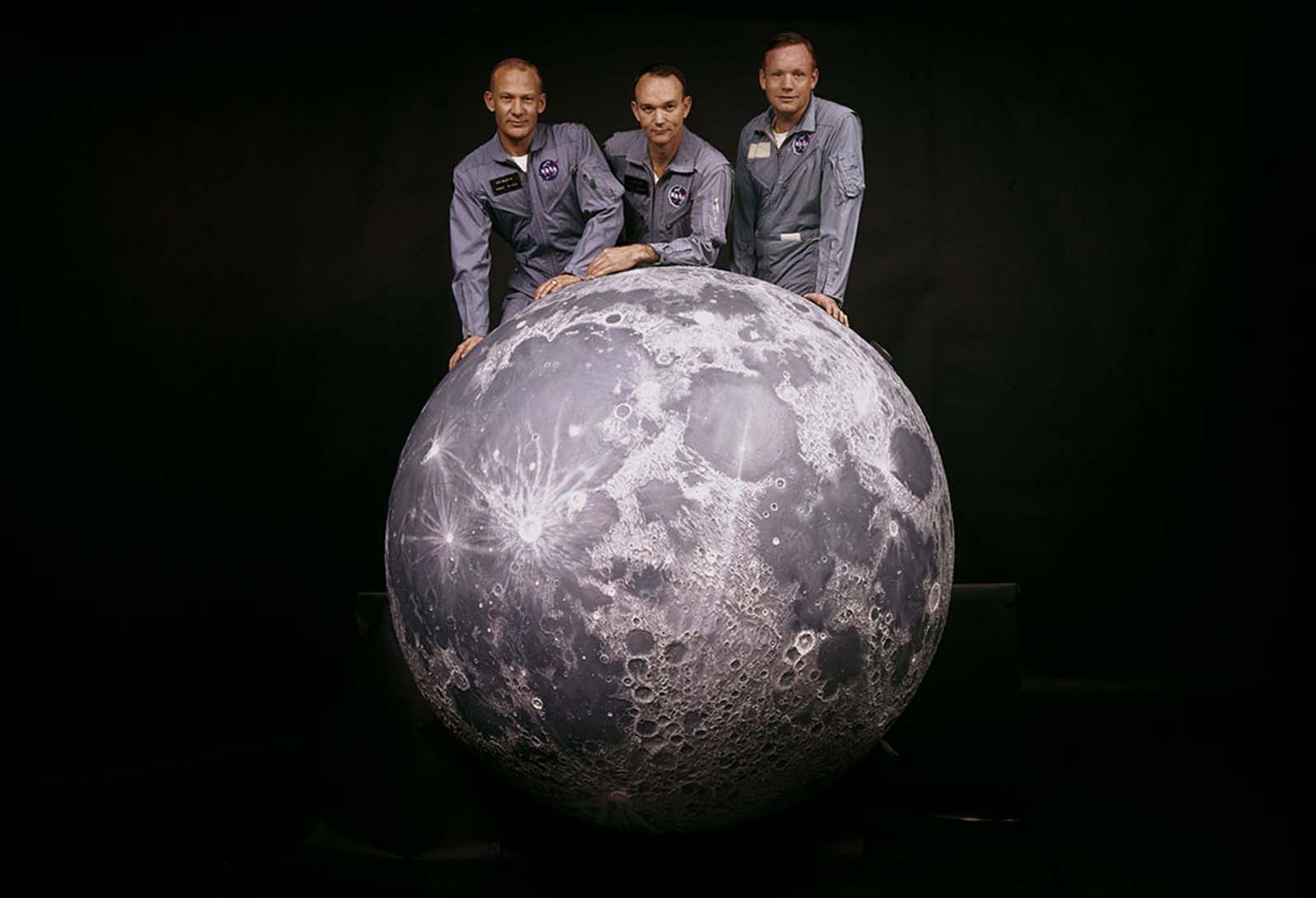
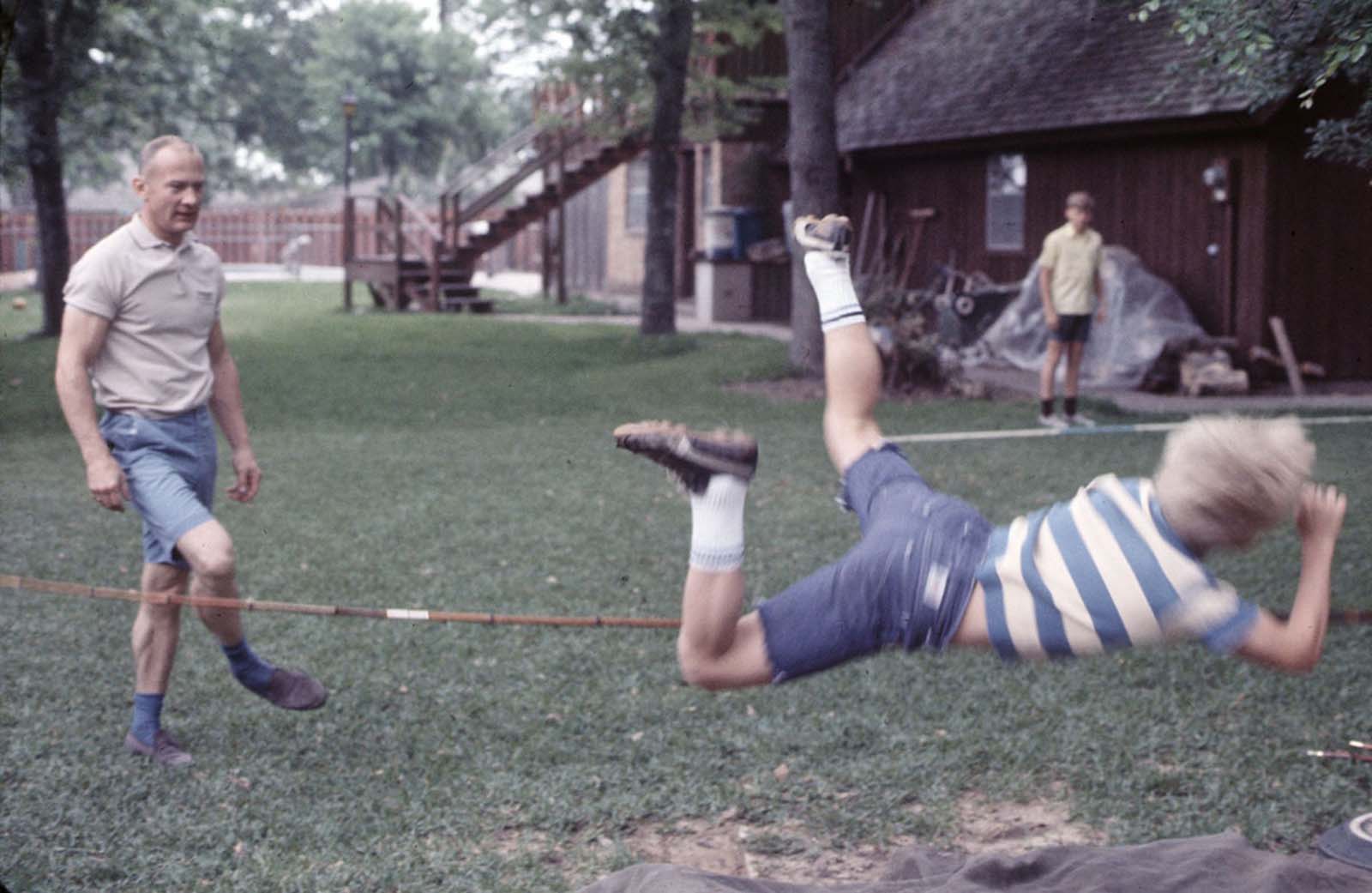
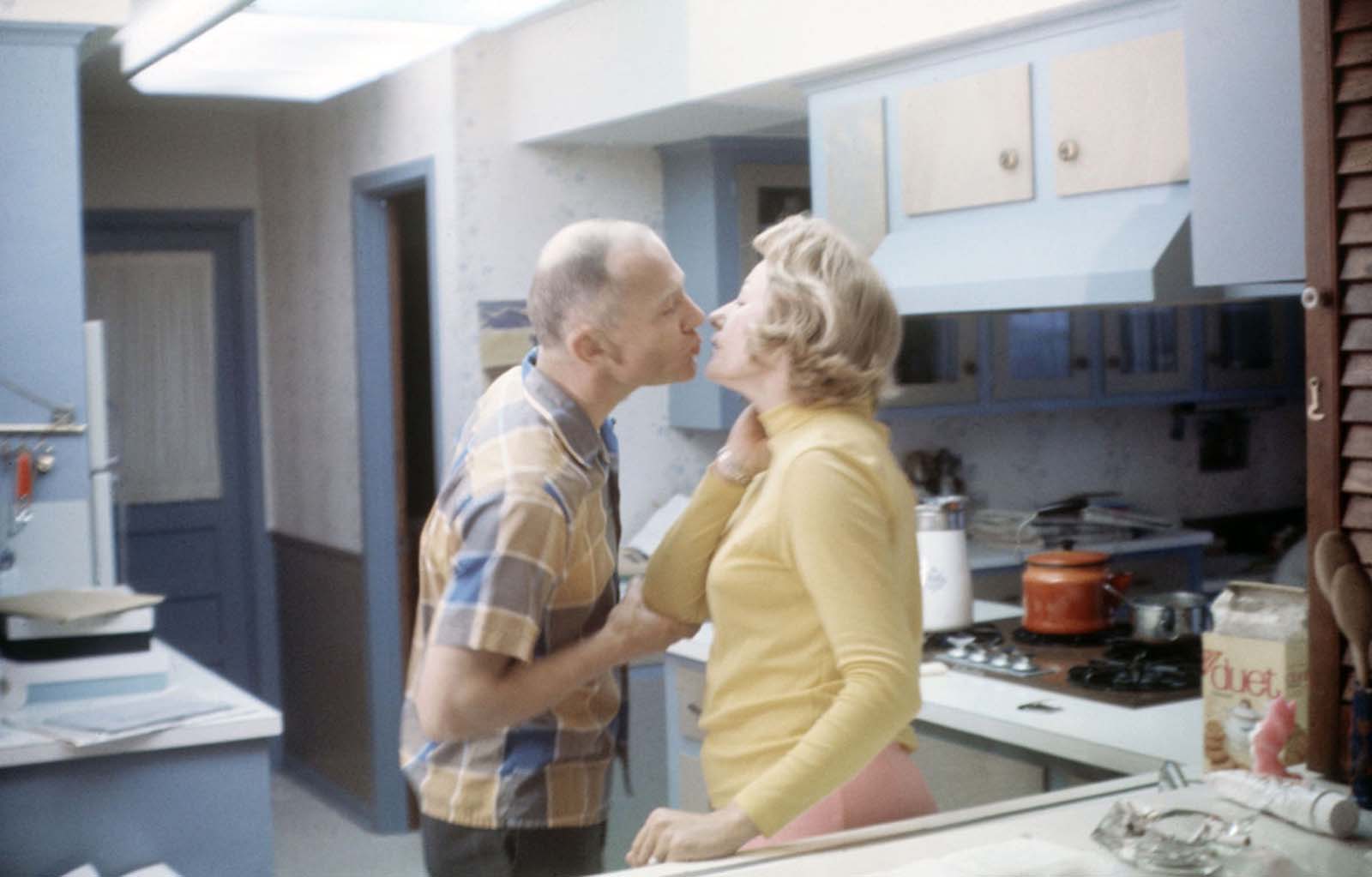
Video
Watch Neil Armstrong – First Moon Landing 1969 to relive the historic moment when humanity took its first steps on the moon. Be sure to check it out!
Conclusion
The Apollo 11 mission was not just a technical achievement—it was a moment of triumph for humanity. Through rare photos, we can glimpse the dedication, innovation, and personal sacrifices that went into preparing for this historic journey. As we reflect on the mission and the images that document the astronauts’ training, preparations, and final steps on the Moon, we are reminded of the power of human ingenuity and the enduring spirit of exploration that continues to push the boundaries of what is possible. Apollo 11 was a milestone that forever changed the course of history, and these rare photos are a testament to the monumental effort that made it all happen.
